Last updated on September 22, 2023

Cabal Coffers | Illustration by Don Hazeltine
With the Odyssey block, of which Torment is the second set, Wizards of the Coast tried to break new ground in many ways, from the game mechanics to a new focus for the storyline.
As is often the case with bold experimentation, not all of these new concepts proved successful: Mark Rosewater noted that Torment is one of the sets from which he learned the most… mostly due to how many mistakes were made! But several of the innovations brought forth by the Odyssey block, like making ample use of the graveyard as a resource, have become some of Magic's defining features.
Let's take a tour around Dominaria's fight pits and look at one of MTG's blackest sets.
Torment Basic Information

Cephalid Illusionist | Illustration by Pete Venters
Torment, also known as “the black set,” is the second set in the Odyssey block, itself composed of three sets: Odyssey, Torment, and Judgement. Torment is Magic: The Gathering's 25th expansion and was released on February 8, 2002.
As its nickname implies, Torment is a black-themed set. Many of Torment's mechanics revolve around graveyard recursion, discard, and sacrifice effects, as is the case with all sets from the Odyssey block. Several cards have a “swamp matters” or “black matters” theme, a couple deal with swampwalk, and the set was novel in yet another way: it has a lot more black cards than any other color.
Torment: Set Details
| Set Symbol |  |
| Set Code | TOR |
| Hashtag | N/A |
| Number of Cards | 143 cards |
| Rarities | 55 commons, 44 uncommons, 44 rares |
| Mechanics | Flashback, Threshold, Madness |
Torment was a departure from the traditional Magic set design, which typically focuses on all five colors equally. Instead, Torment has a strong thematic and mechanical emphasis on black. This led to the set having 40 black cards, compared to 28 each for blue and red, 21 for green and white, and 5 nonbasic lands. Black cards also tend to have more powerful effects.
The following expansion in the Odyssey block, Judgment, would later correct this imbalance.
Torment: Important Dates
| Event | Date |
|---|---|
| Set Release | February 2002 |
| Available on Draftsim's Draft simulator | No |
About the Set: The Story
The Odyssey Block
The story of the Odyssey block takes place roughly a century after the events detailed in the previous block, Invasion, during which Urza, Gerrard Capashen, and the crew of Weatherlight fought to repel the invading Phyrexians from Dominaria. This is one of the several ways in which Wizards of the Coast tried new things with this block: abandoning the Weatherlight saga, which had run from 1997 to 2001, Odyssey focuses on completely new characters and events.
The Odyssey block's storyline leaps forward 100 years and takes place on Dominaria, but in a faraway place called Otaria, left mostly alone by the Phyrexians. We meet Kamahl, a warrior-mage from the Pardic Mountains, who sets out on a quest to find the legendary Mirari: a small, metallic ball mounted on a wiry helix, which is said to be incredibly powerful and able to grant any wish, but that also has a dark, corrupting influence on its wielder. Those who use the Mirari often become obsessed with power and destruction, and they eventually succumb to madness.
Specifically for Torment's storyline, the main character is Chainer, Kamahl's close friend. Chainer is a young and ambitious dementia cabalist, and the first in the story to find the Mirari. Kamahl and Chainer become friends while training as pit fighters.
Other characters in the Odyssey block include Kamahl's cool-headed sister Jeska; Laquatus, a mind-controlling merfolk; Kamahl's centaur friend, Seton; Balthor the dwarven trainer; cephalid emperor Aboshan; the militaristic Kirtar; the Cabal Patriarch; and the unpredictable Braids. Pretty much everybody in the story is after the Mirari, and its fate is told in the block's third expansion, Judgement.
Torment's Storyline
Torment's storyline focuses on Chainer, a dementia summoner of the Cabal, as he discovers the Mirari, rises through the ranks of the Cabal, dethrones the Cabal Patriarch, and is then overwhelmed by the Mirari's dark, corrupting powers.
Most of the story is covered in the Chainer's Torment novel, the second novel about the Odyssey block. Chainer's Torment was written by Scott McGough and published in January 2002.
Torment Mechanics
The main theme of all three sets from the Odyssey block is the graveyard. All colors interact and use the graveyard as a resource.
Torment built on the flashback and threshold keywords introduced in Odyssey and added a new keyword, madness. Madness allows you to play cards when you discard them at a reduced cost.
Several of Torment‘s cards have a “swamps matter” theme or a black-matters theme, and the set is unique in that it has a lot more black cards than from any other color.
Flashback
Introduced in the Odyssey expansion and returning in Torment, flashback is a keyword ability that allows you to cast instants and sorceries from your graveyard by paying an alternative cost. If you cast the spell from the graveyard, the spell is exiled after it resolves.
In other words, you basically get to cast flashback spells twice as long as you can afford the cost.
You must still follow any timing restrictions when casting a spell from your graveyard, including those based on the card's type. For example, you can only cast a sorcery using flashback when you could normally cast a sorcery from your hand.
Torment's twist to flashback was the introduction of non-mana flashback costs. Acorn Harvest or Deep Analysis, for example, let you cast them from your graveyard paying less mana than if you cast them from hand, – but the flashback cost also requires paying 3 life.
Threshold
Also introduced in the Odyssey expansion and returning in Torment, threshold is an ability word that provides different or additional characteristics if you have seven or more cards in your graveyard.
Although it may seem like a simple mechanic at first, threshold can make things quite complex since it can be turned “on” and “off” in the middle of combat or while on the stack. Instants and sorceries with threshold check if seven or more cards are in your graveyard when they resolve, not when they're cast or put on the stack. As head designer Mark Rosewater later noted, having to keep track of graveyards, cards on the battlefield, and cards in hand that could affect them was information overload for the majority of players.
(As an aside, for those interested in the story of MTG's design: As noted in the Glossary of MTG's Comprehensive Rules, threshold used to be a keyword ability but was later changed to be an ability word. All cards printed with the threshold keyword received errata in the Oracle card reference. There's a wonderful article by Mark Rosewater, “Ability Word To Your Mother,” about the how, why, and when do MTG developers use ability words or keyword abilities.)
Madness
Madness, a novel mechanic introduced in Torment, is a keyword ability that allows you to cast a spell for an alternate cost whenever the card is discarded.
According to the current rules, whenever you discard a madness card, it goes to exile (although it still counts as a discarded card for other cards that care about that), and its madness ability triggers. When the card is exiled this way, you can either pay the alternate cost and cast the spell (in which case it goes to the stack and then either to the battlefield or the graveyard as it resolves), or else it goes directly to the graveyard.
For example, if Fiery Temper is discarded, you can cast it for just 1 red mana and then goes to the graveyard as if cast normally. Similarly, if Arrogant Wurm is discarded, you can cast it by paying its reduced cost. If you do, it enters the battlefield and eventually goes to the graveyard if killed, like any normal creature.
Madness doesn't care about why you're discarding the card. It doesn't matter if you've reached a maximum hand size or you're discarding to pay another spell's cost, etc. But you can't discard a card with madness just because you want to. In other words, madness is a discard payoff; you still need some other cards or effects as discard enablers.
Swamp-Matters and Black-Matters Cards
There are 12 cards in Torment that care about swamps, even from other colors like Stern Judge. In particular, all the lands care about you controlling a swamp:
Torment Card Gallery
Note how unlike every set before it, in Torment there’s a huge imbalance in the number of cards per color: black has 40 cards, but blue and red have only 28 cards each, while green and white have just 21 cards each. Judgment, the third and last set in the Odyssey block, would later correct this imbalance.
White
Blue
Black
Red
Green
Lands
Notable Cards
Torment is a pre-Modern set: the Modern format, sanctioned by WotC in 2011, allows cards from sets beginning with the 8th Edition core set (July 2003), and therefore Odyssey block was left out. That's why the format is called “Modern”, by the way: the 8th Edition core set is when cards started using what was, at the time, the modern card frame.
Through later reprints, 4 of Torment's cards are legal in Pioneer and 14 in Modern. The whole set is legal in Eternal formats such as Legacy or Commander.
At the time of its release, Torment gave black decks a huge power spike. The “swamps matter” cards along with Chainer's Edict and Nantuko Shade were very powerful in tournament play, spawning the “Coffers Control” archetype. This was a novelty since until then, control decks were almost always blue decks with lots of counterspells; Torment brought forth one of the first control decks without countermagic.
Madness cards like Arrogant Wurm, Circular Logic, and Basking Rootwalla also proved very powerful when combined with discard enablers like Wild Mongrel and Aquamoeba.
Available Products
Torment was sold in 15-card boosters. As an extremely old set, its packs are hard to come by: I couldn't find a single one listed on Amazon.
If you're looking for a specific card, your best bet is to buy it from online stores. Cabal Coffers, for example, which is one of the few Torment cards that are legal in Modern since it was reprinted in Modern Horizons 2, is fairly easy to find.
Torment also had four dual-color preconstructed decks, all of them featuring black as one of their colors:
- Grave Danger, a blue and black deck,
- Insanity, a green and black deck,
- Sacrilege, a white and black deck,
- Waking Nightmares, a red and black deck.
Wrap Up
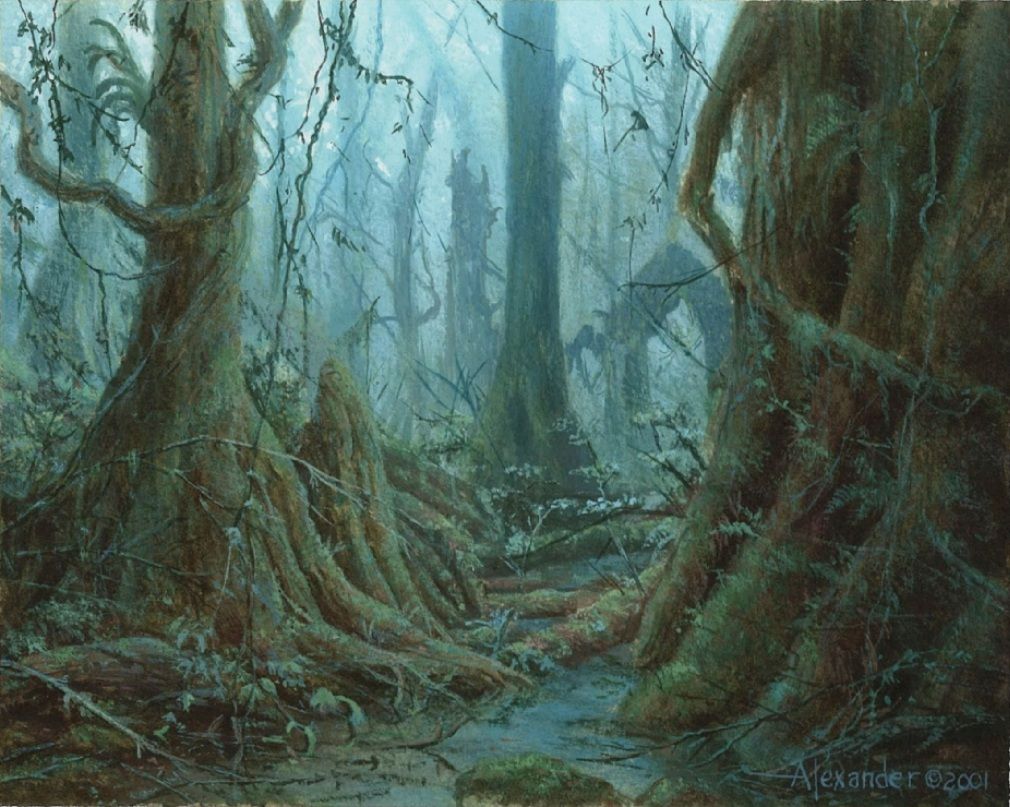
Tainted Wood | Illustration by Rob Alexander
Despite (or perhaps because…) of all the new things that were attempted in the Odyssey block, it wasn’t too well received by the majority of players.
When reflecting back at it, in an article written in October 2009, Magic's head designer Mark Rosewater considers that Odyssey was the set he learned the most from, in large part because it was the set in which he had made the most mistakes.
More than twenty years later, it's fascinating to see how these “mistakes” signaled illuminated paths to follow. As just two examples, flashback is one well-loved mechanic that saw plenty of reprints, and graveyard-as-a-resource is a fundamental part of MTG. It’s so core to Magic that in the Starter Deck Duel event in Magic Arena there are two decks, Grave Secrets and Savage Scavengers, that are all about using your graveyard as a resource.
And they are both black, of course.
I hope you have enjoyed this tormented overview of MTG's black set, and if you have comments or feedback, stop by the official Draftsim Discord.
And good luck out there!
Note: this post contains affiliate links. If you use these links to make a purchase, you’ll help Draftsim continue to provide awesome free articles and apps.
Follow Draftsim for awesome articles and set updates: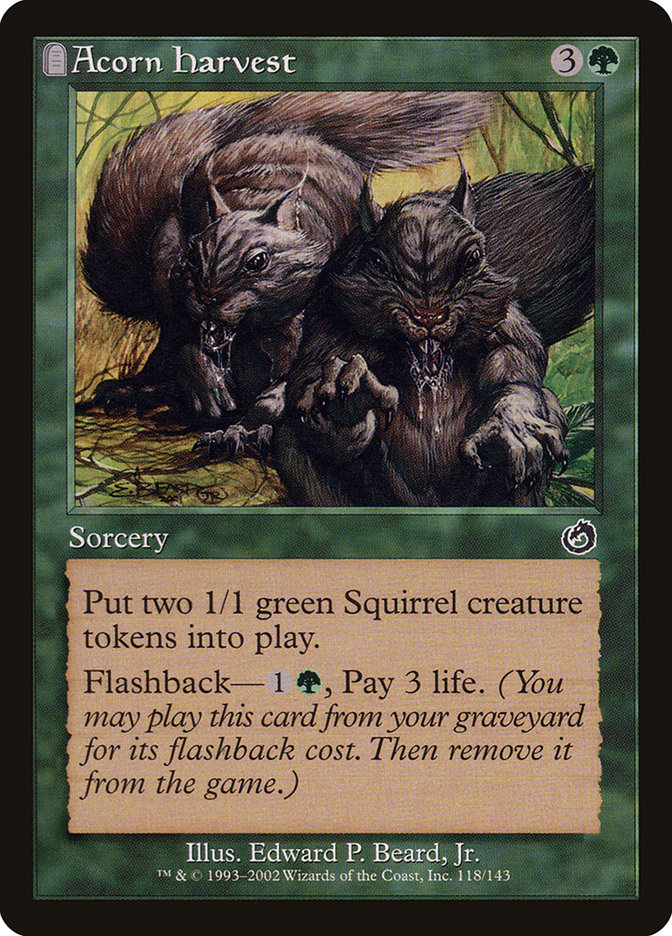
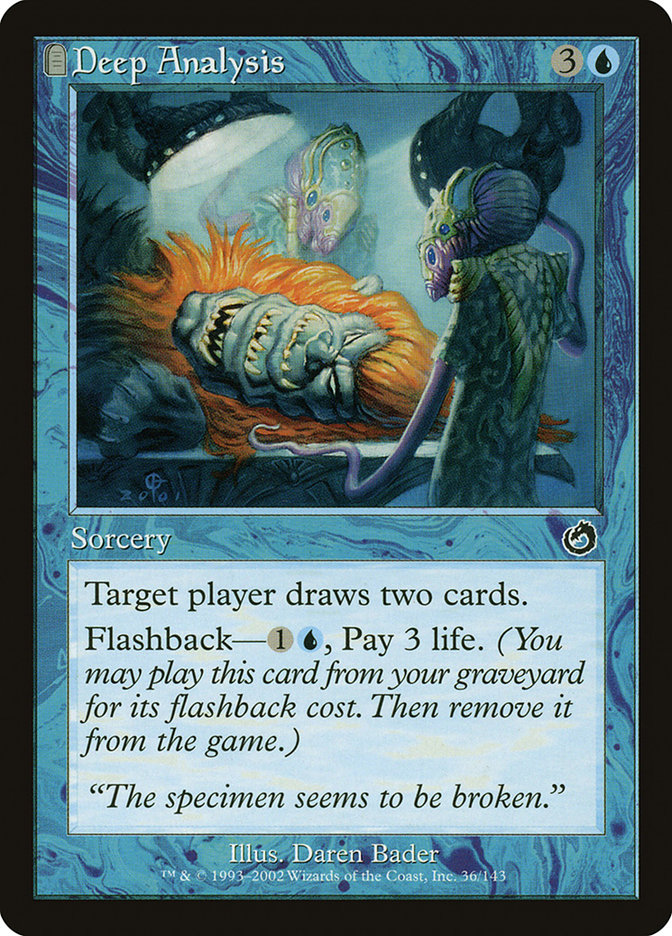
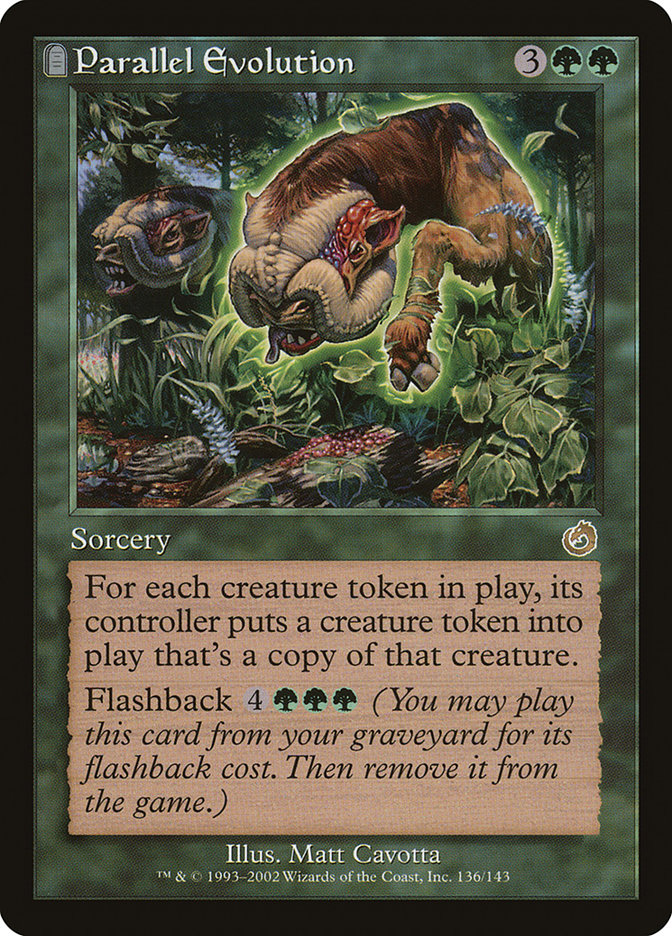
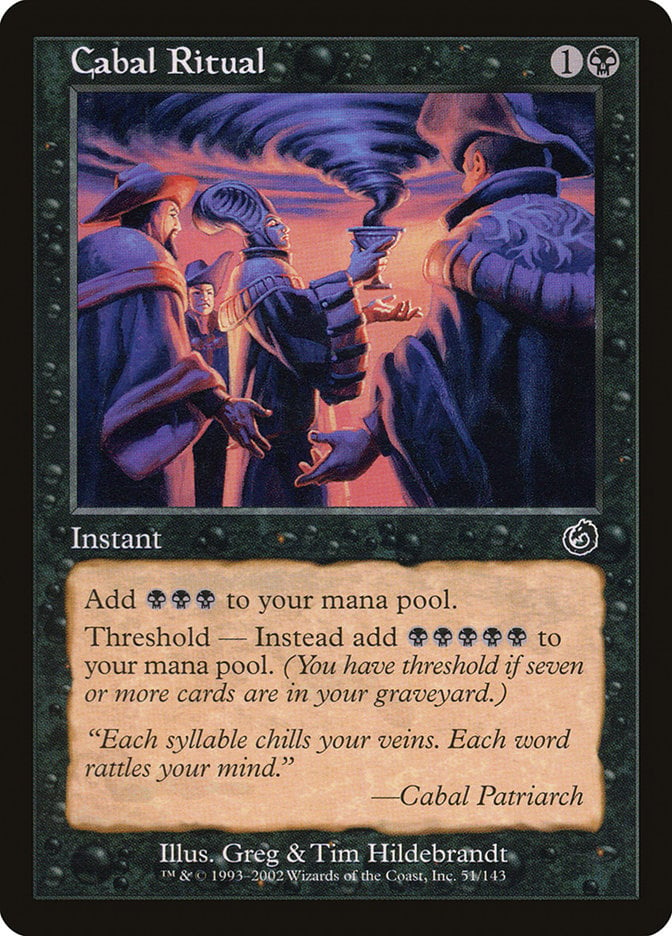
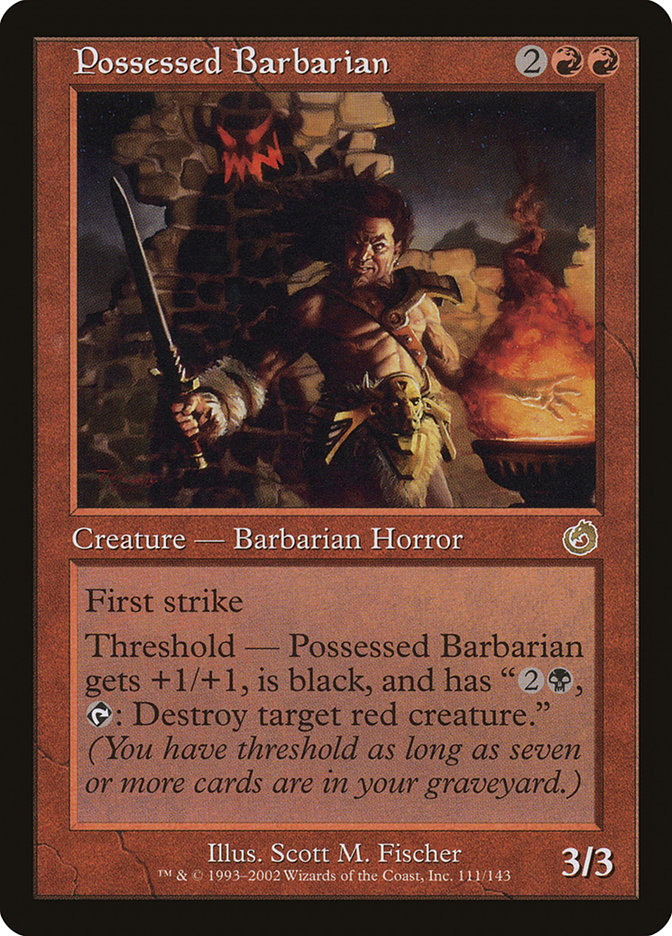
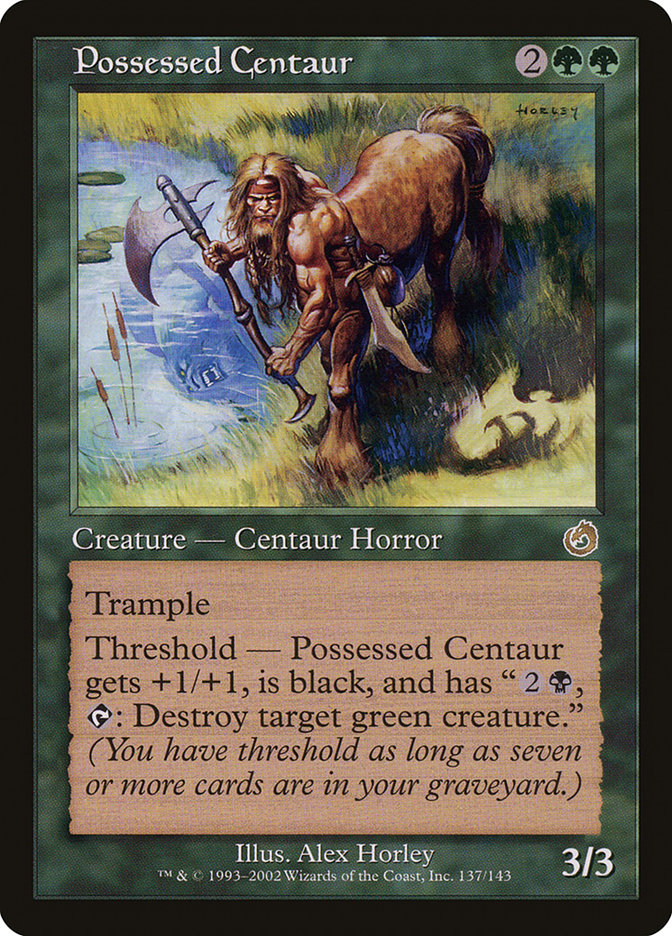
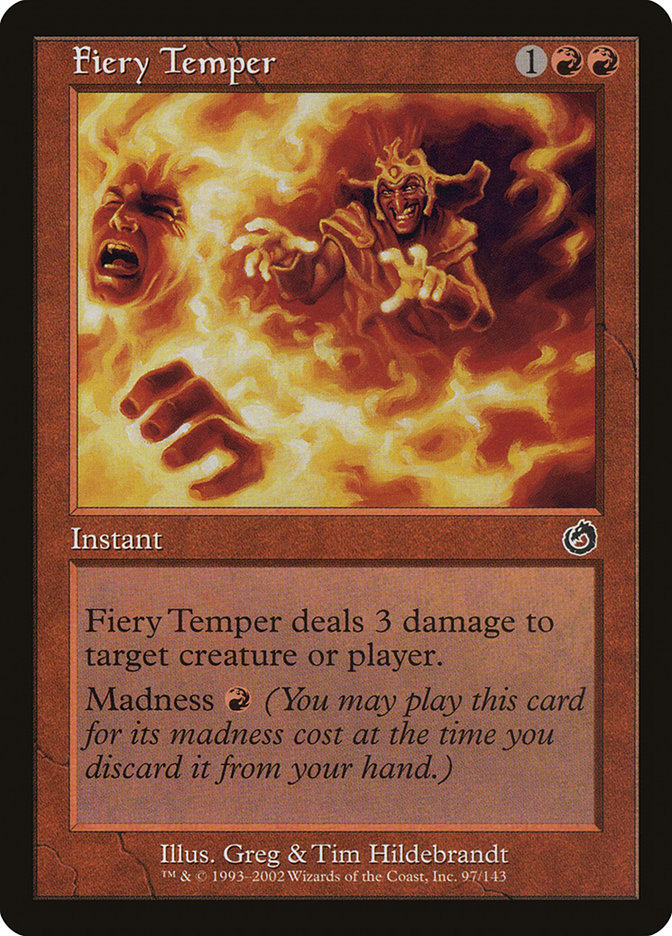
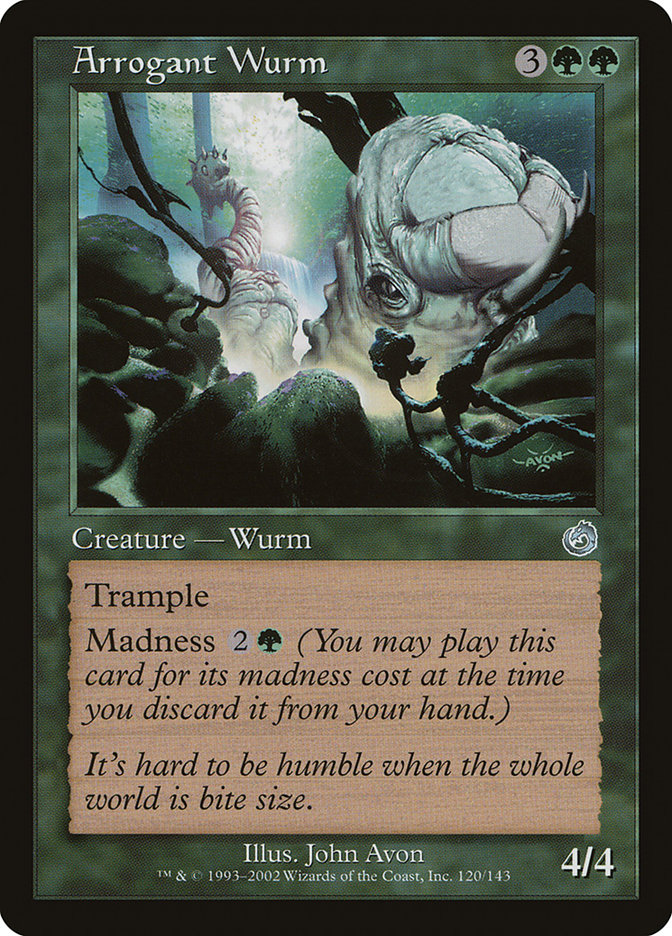

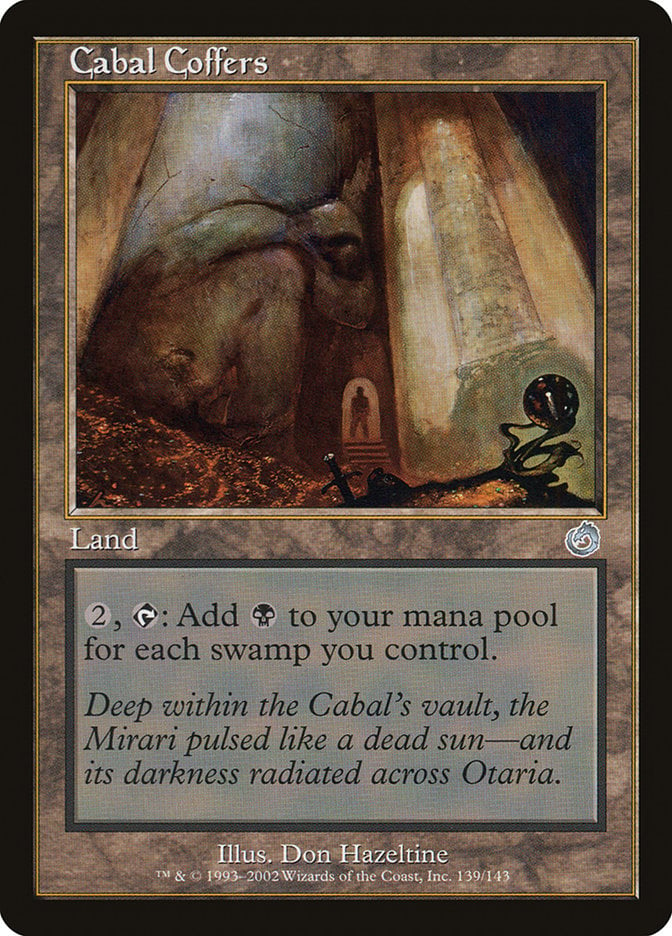


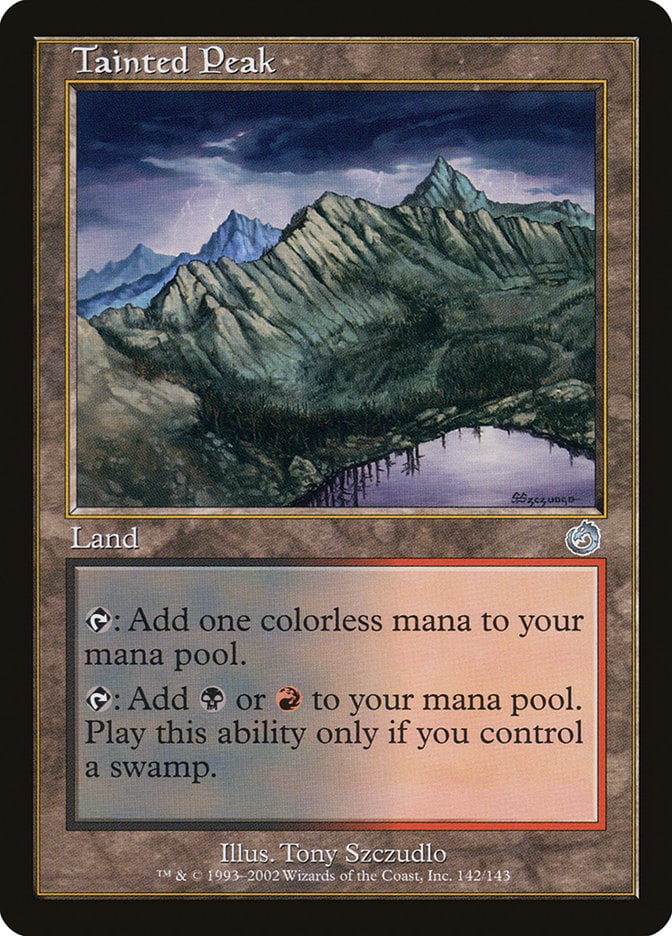
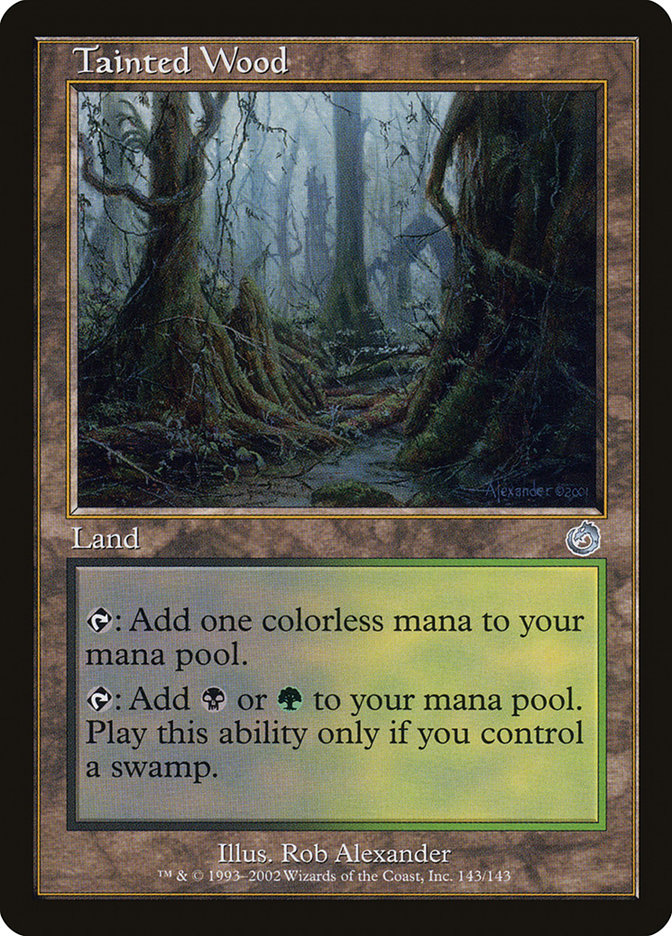
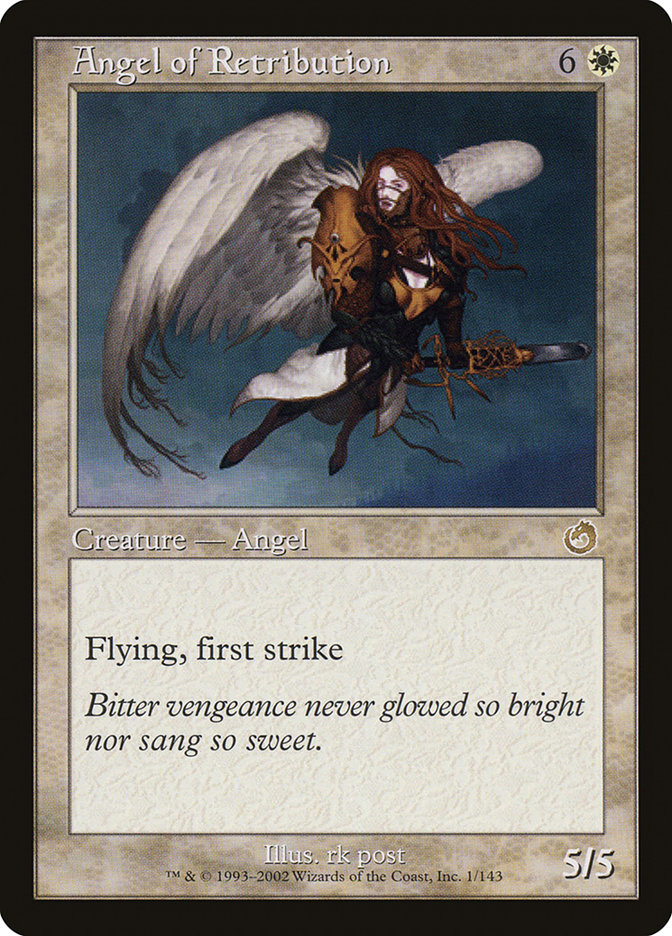

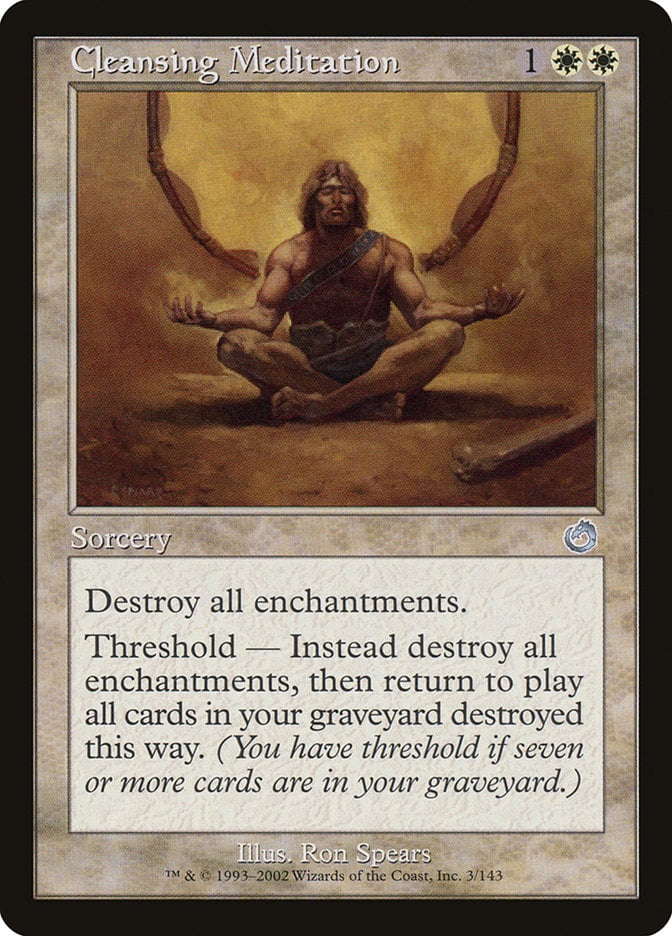

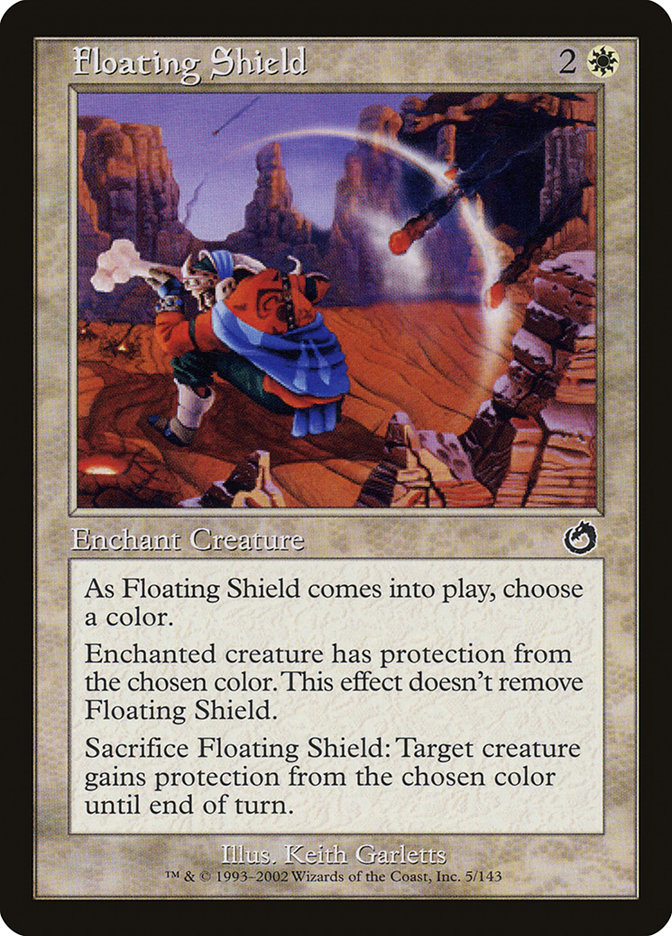
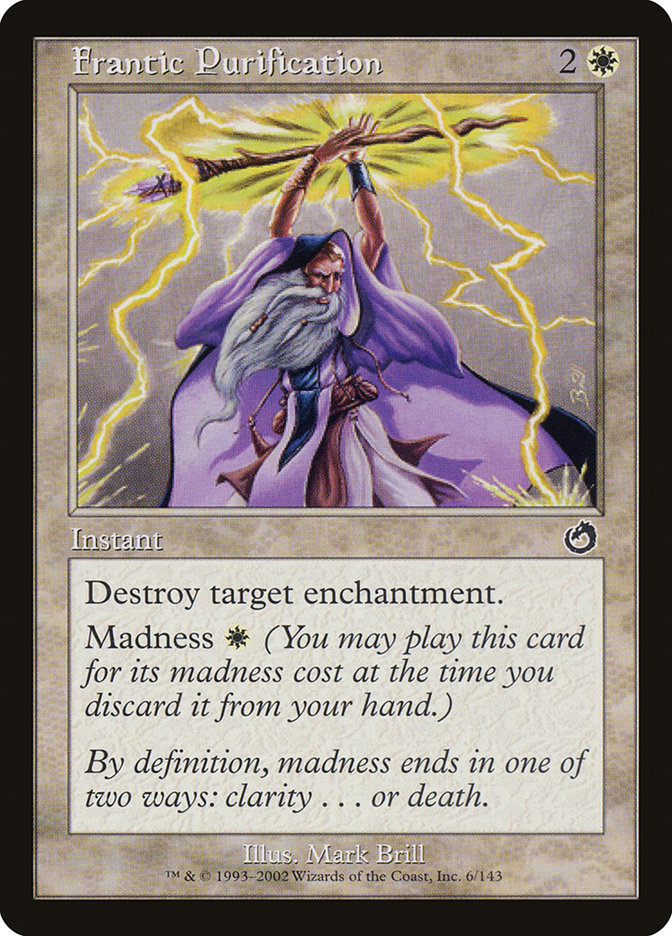
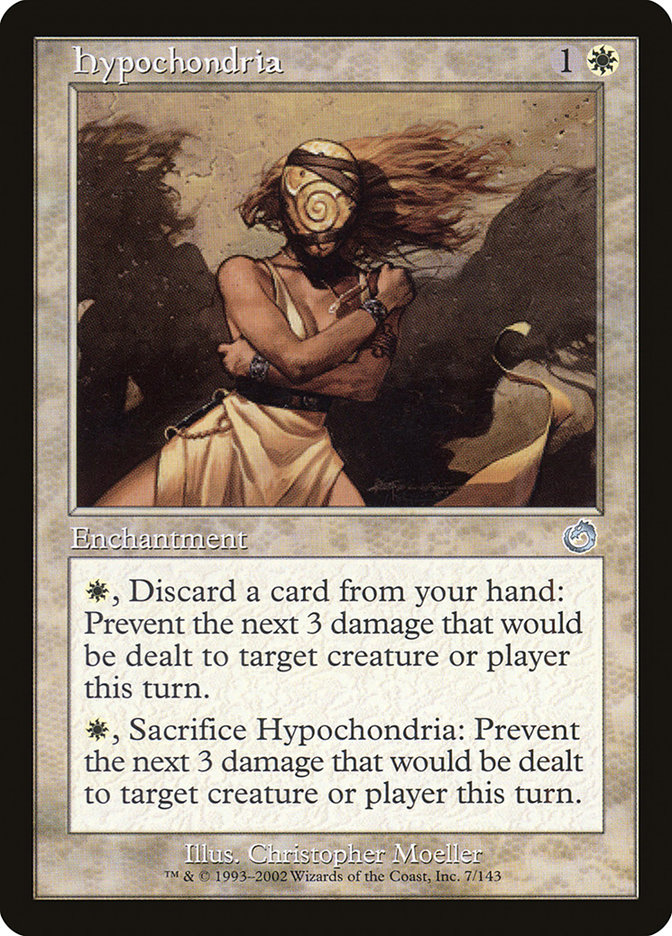
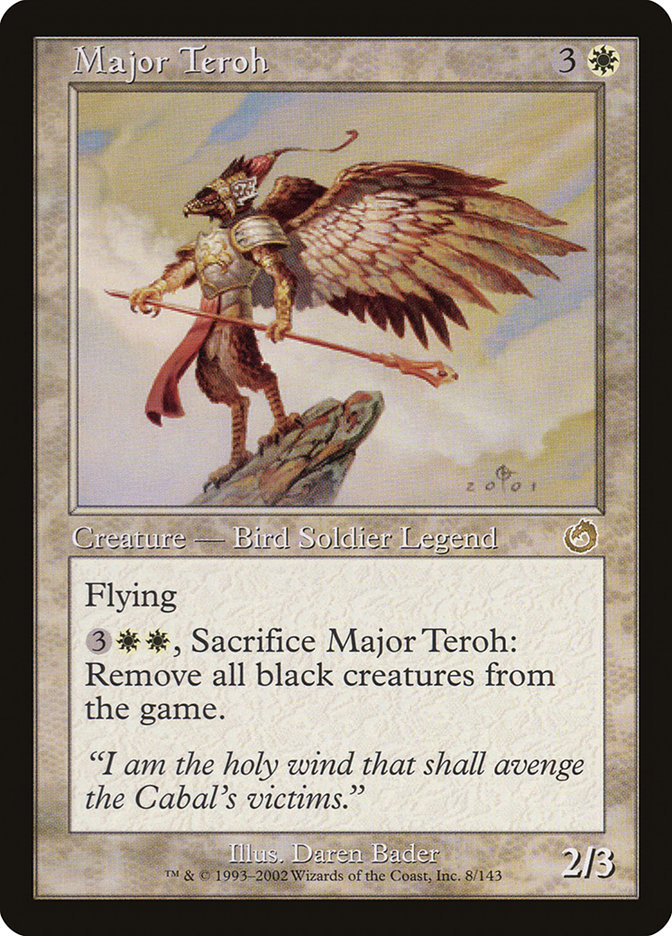

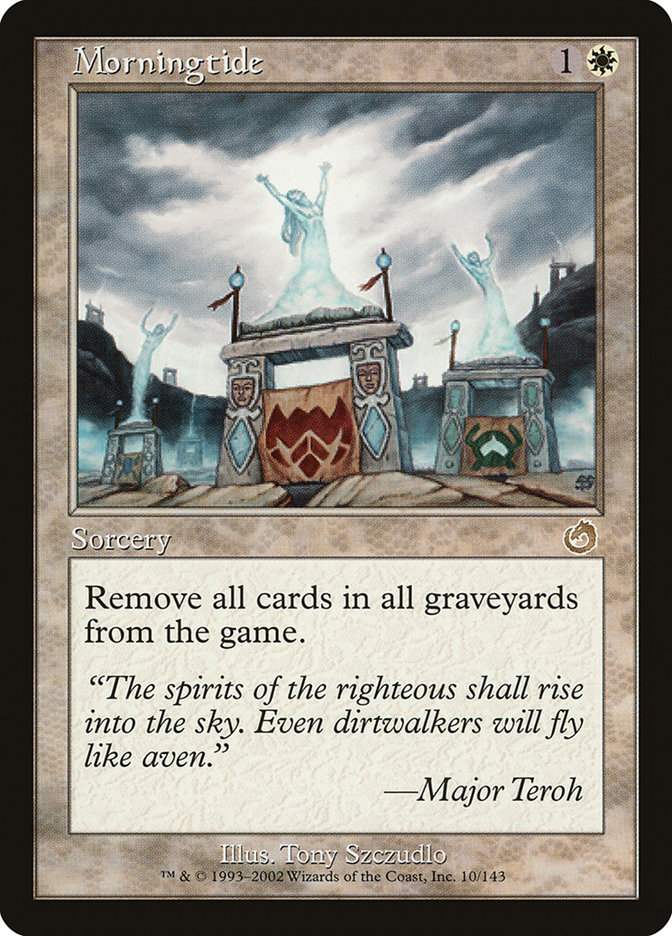


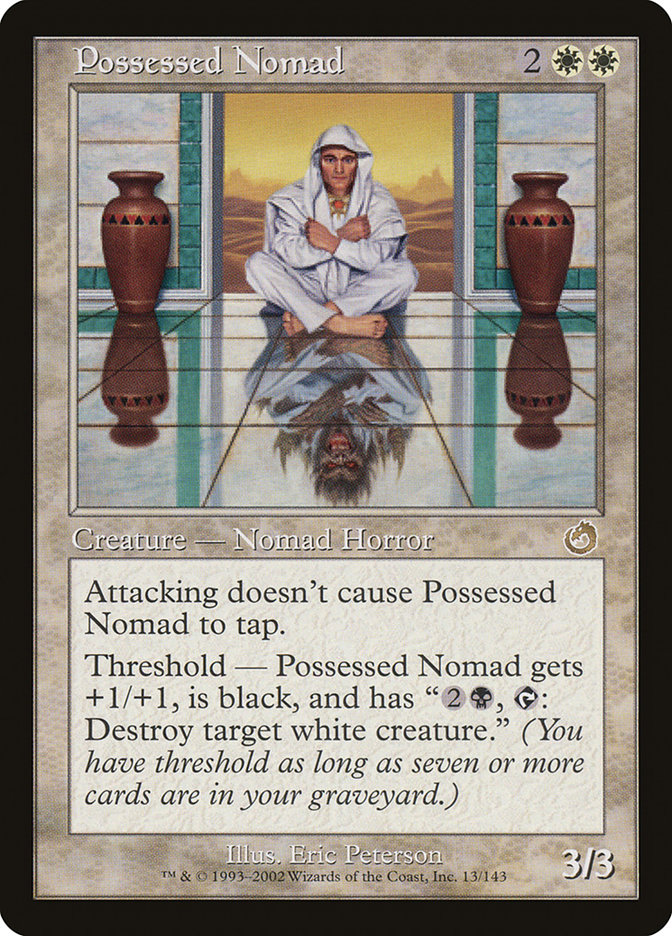

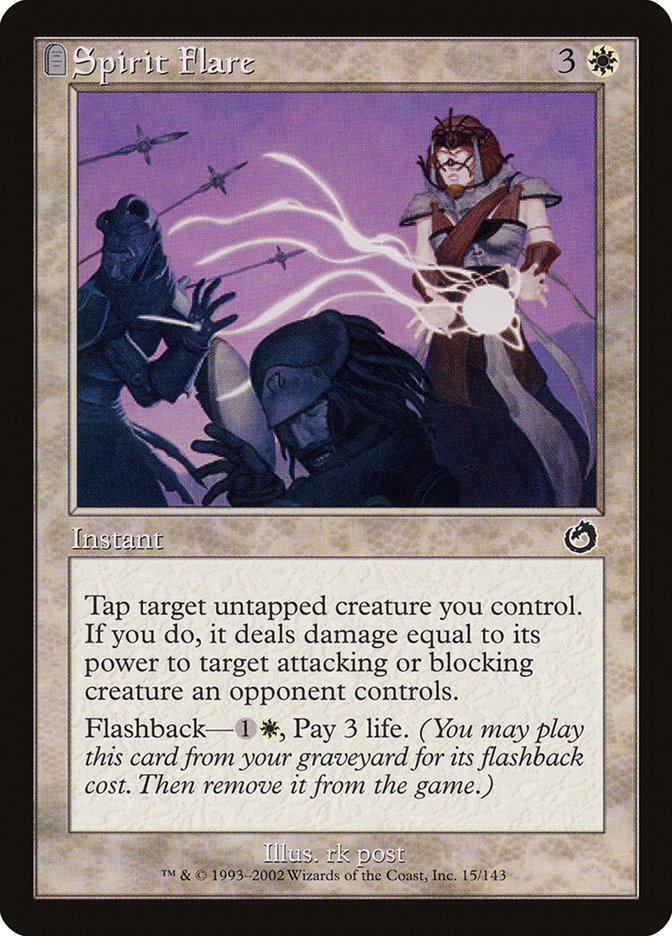
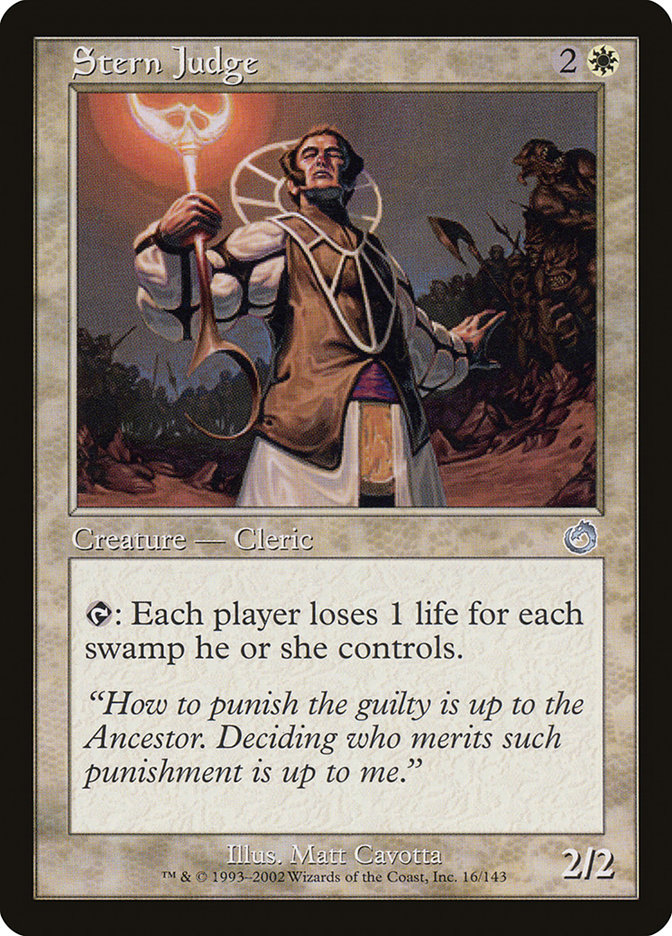

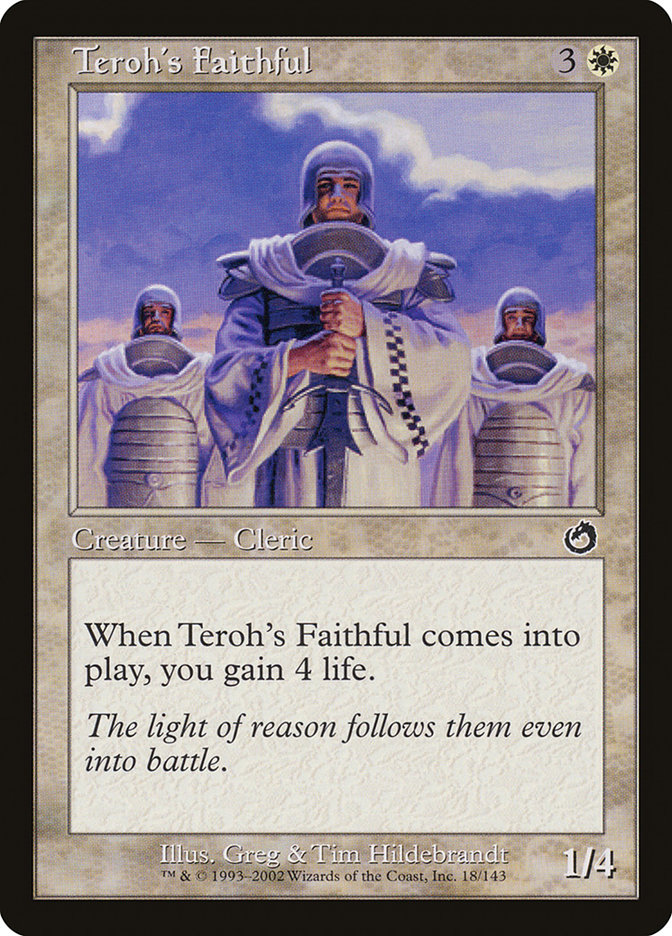

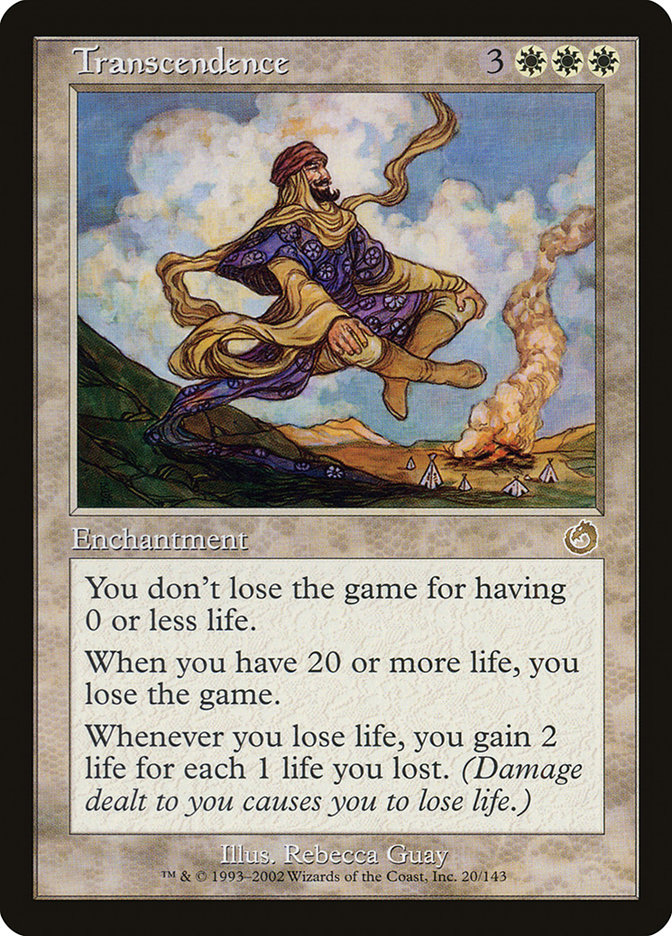
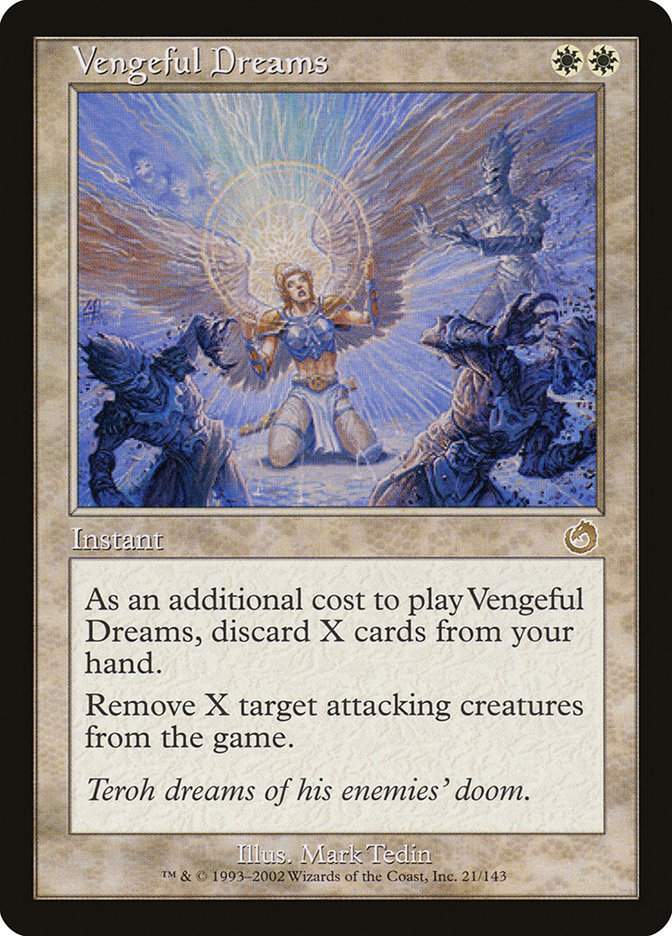
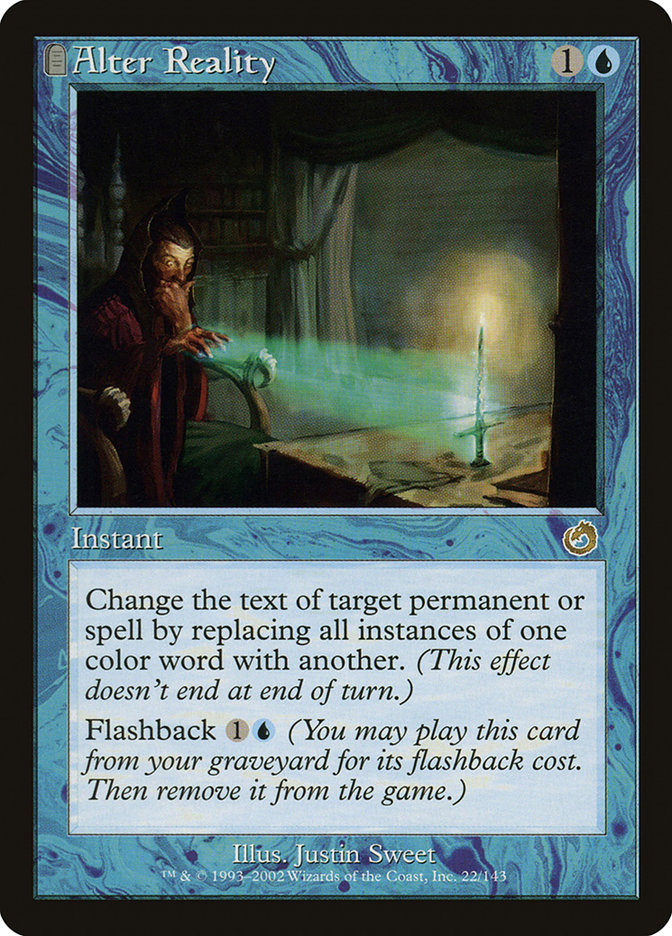
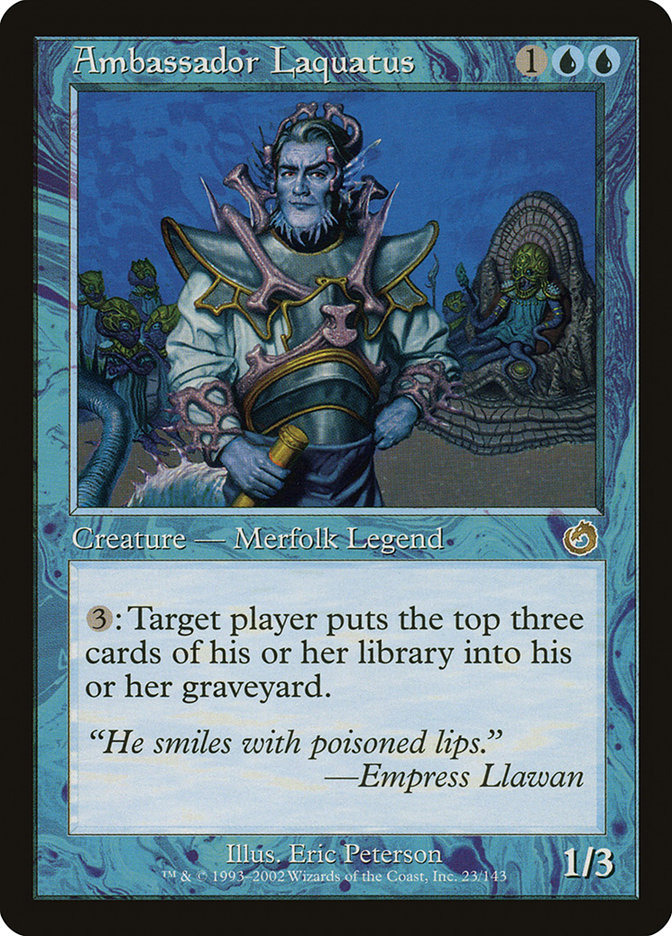




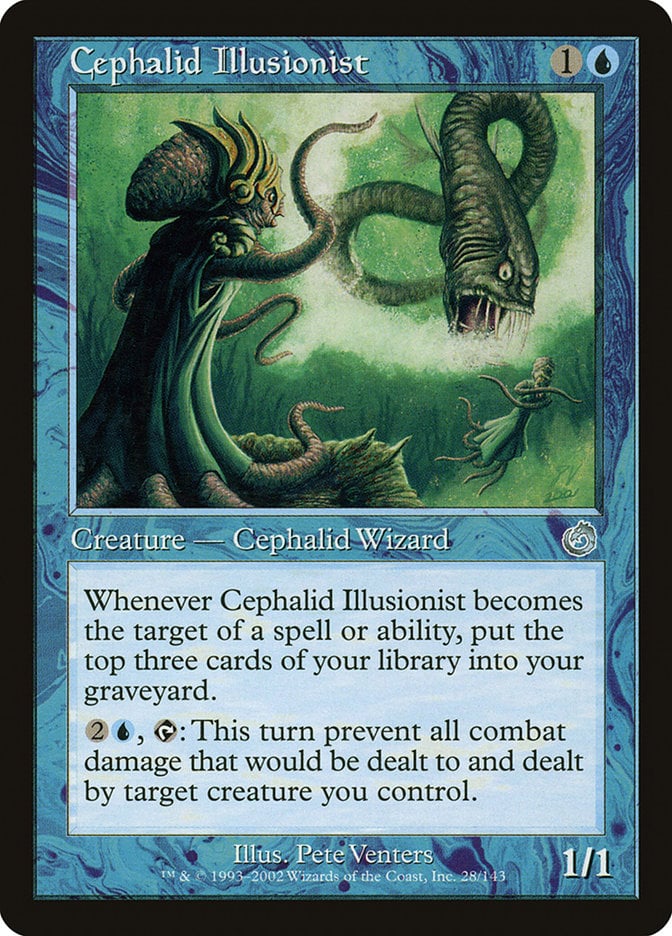
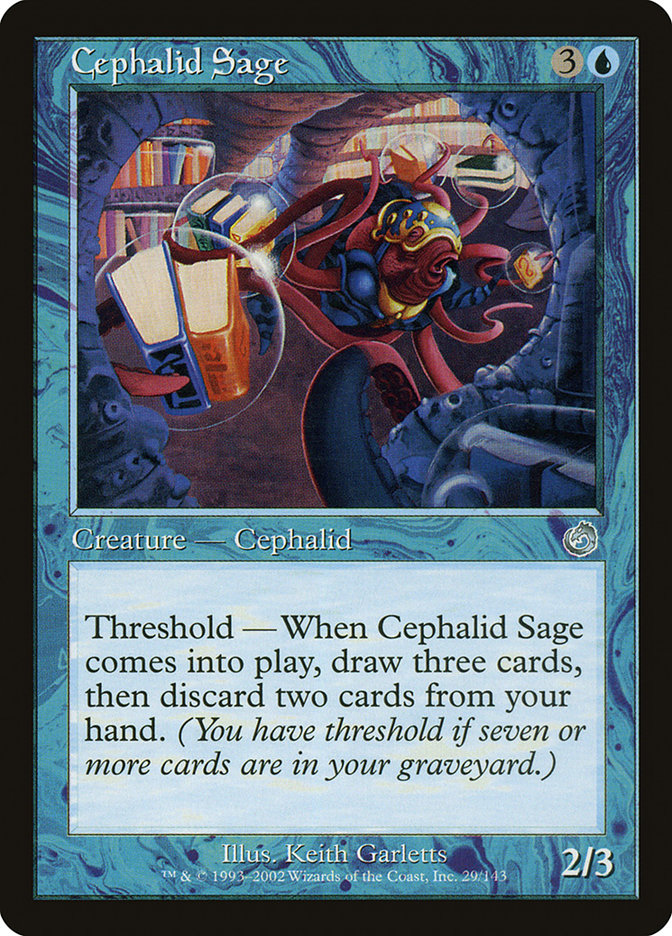
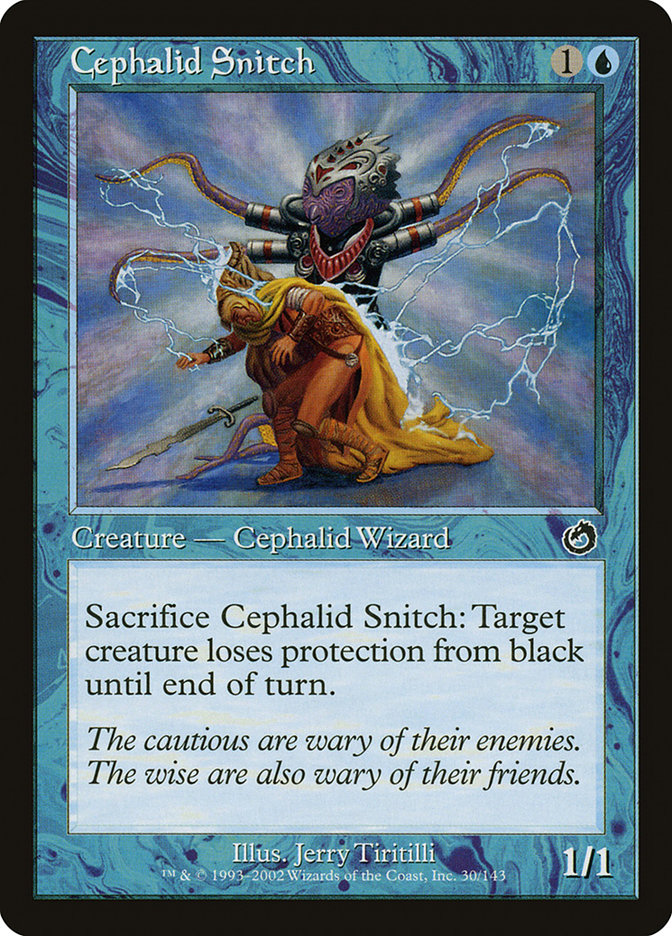
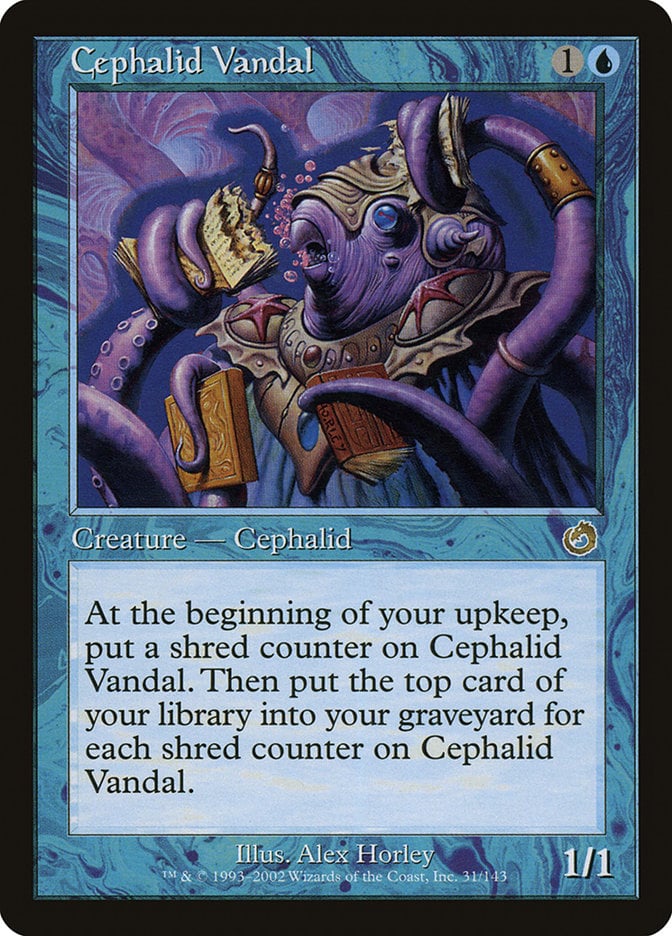

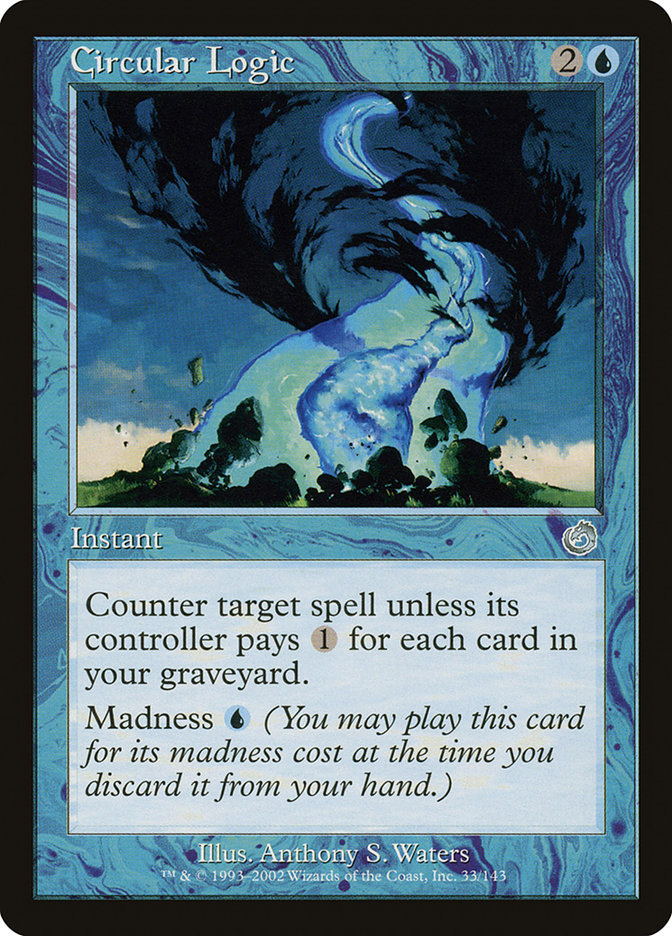
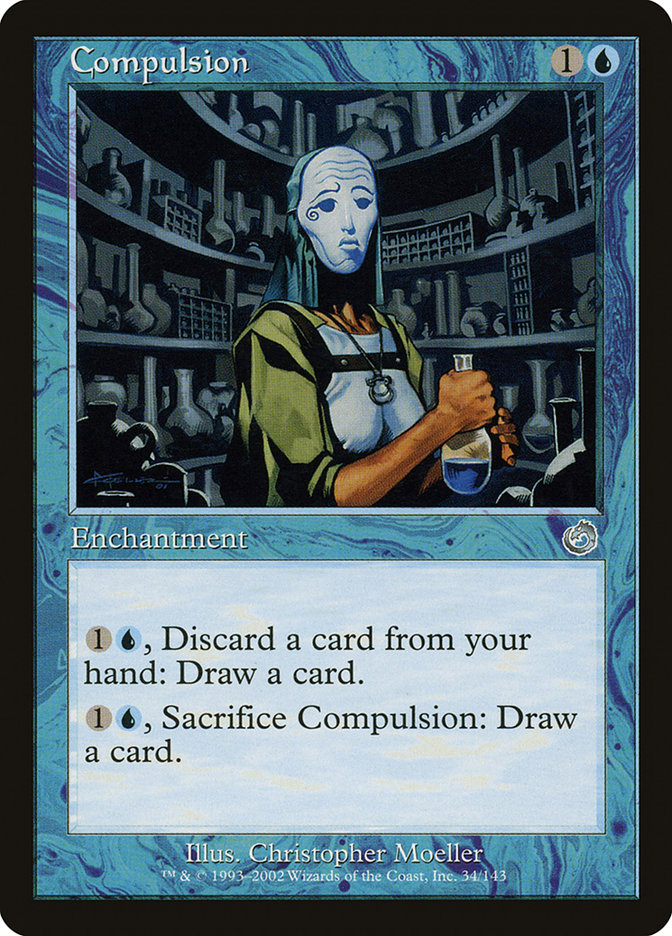

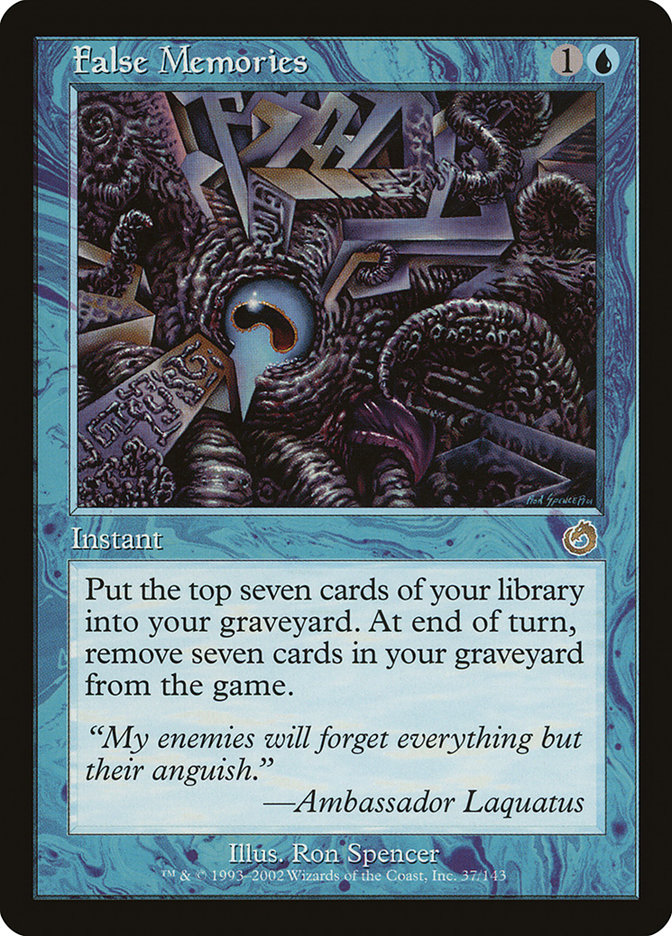

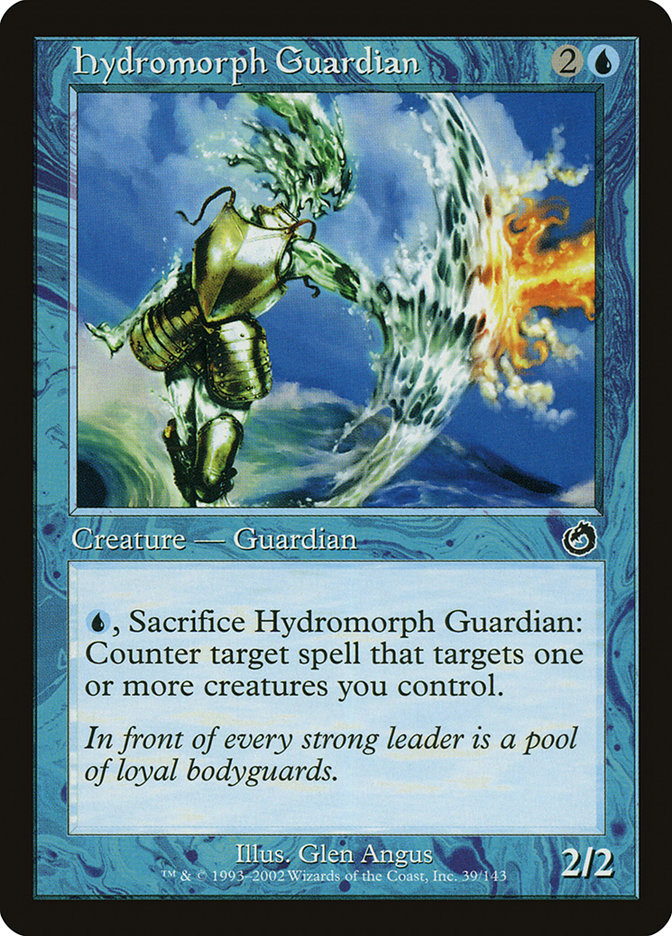

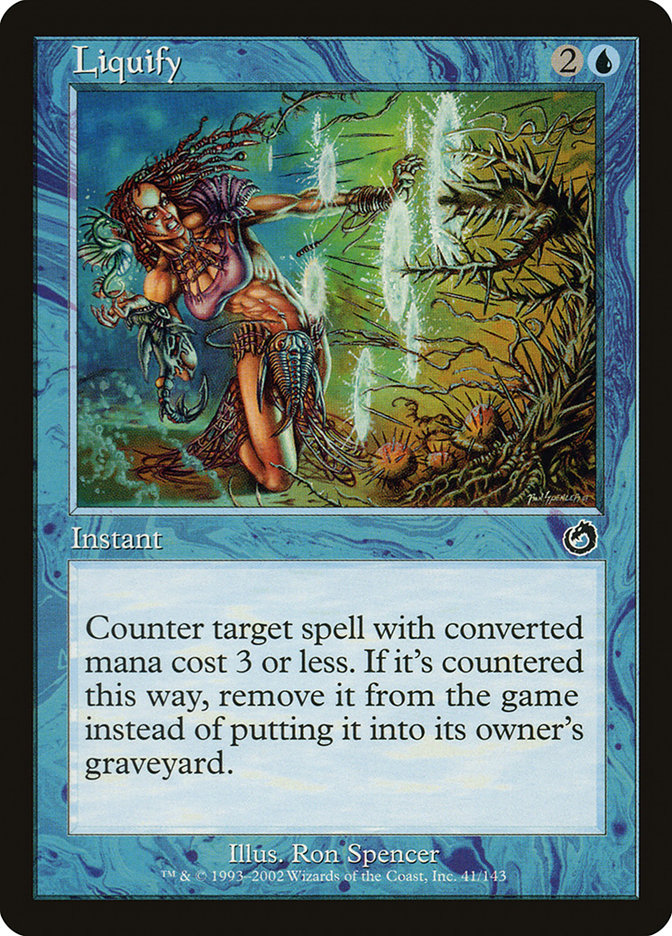
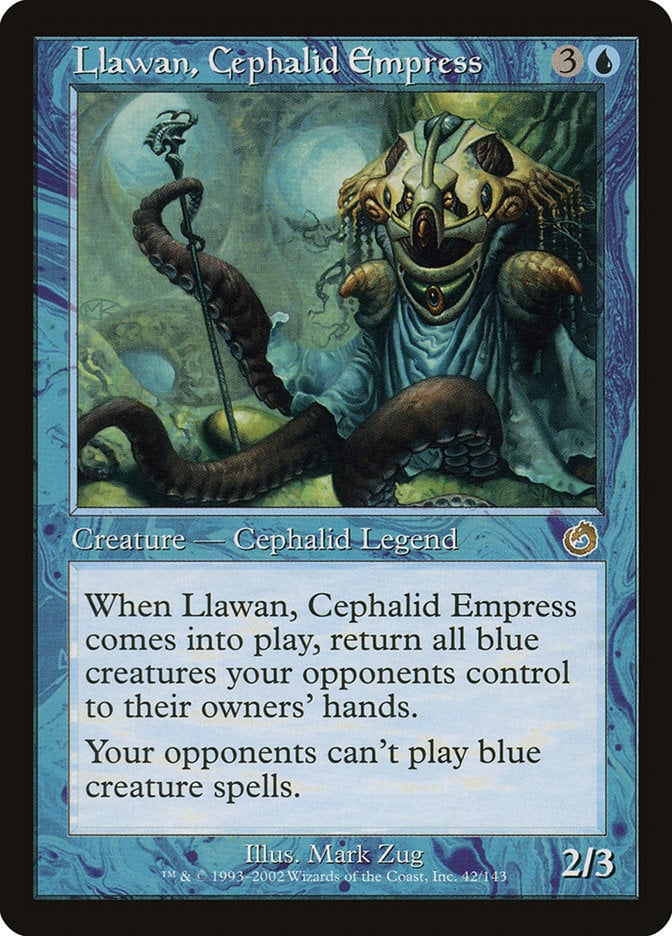

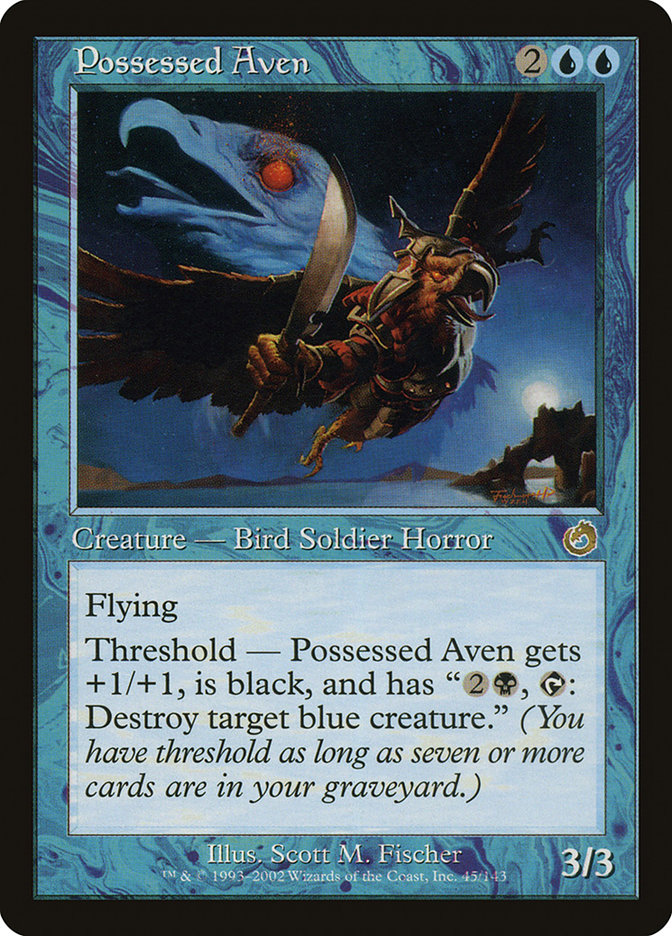
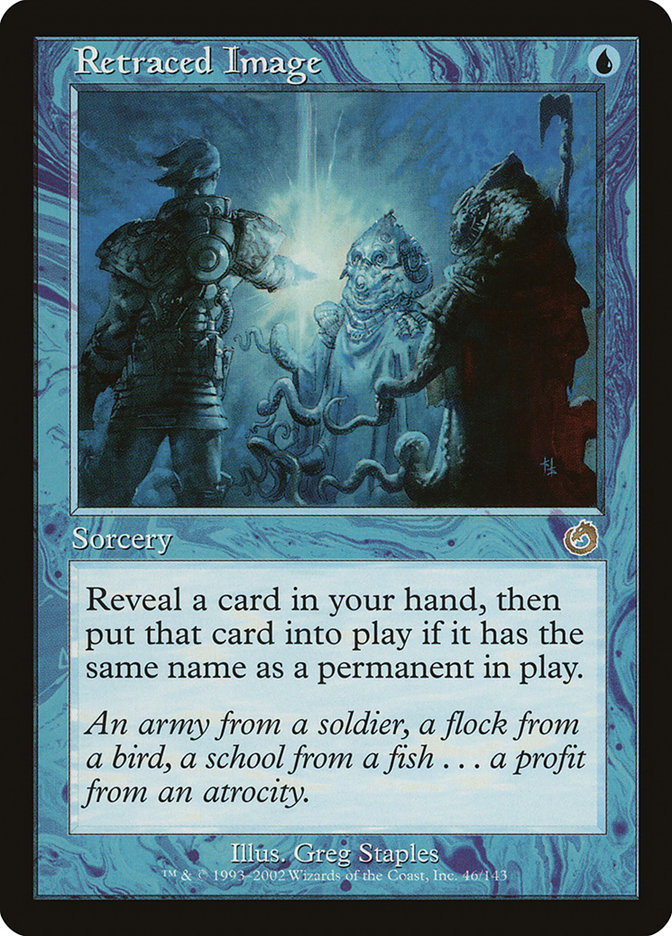
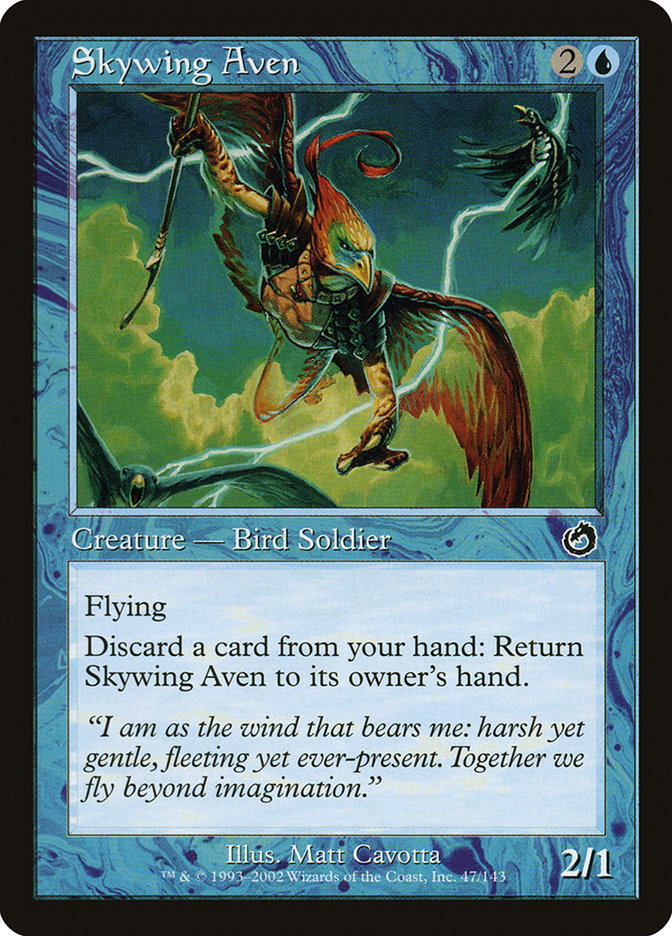


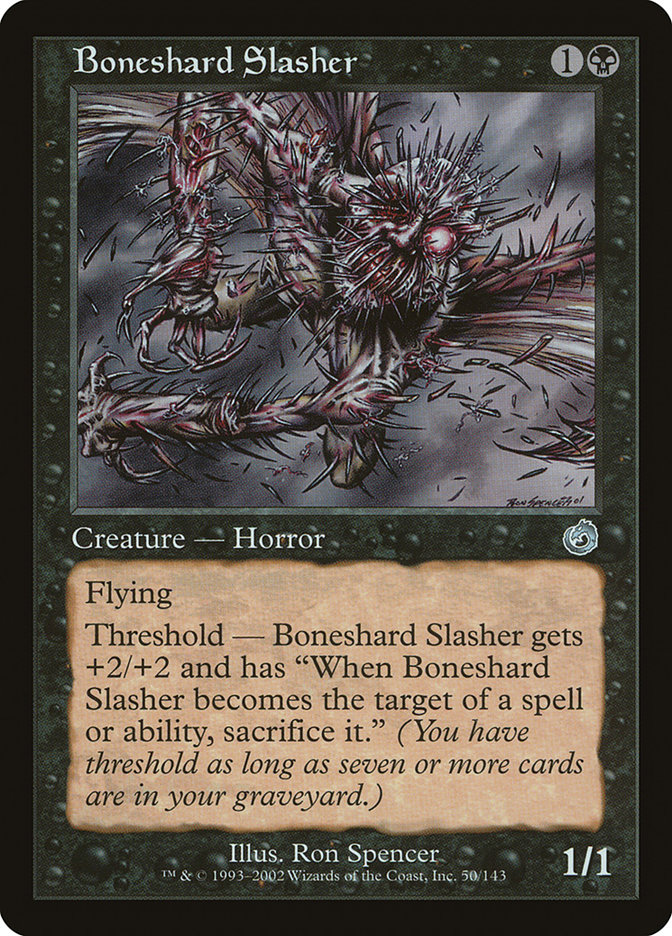
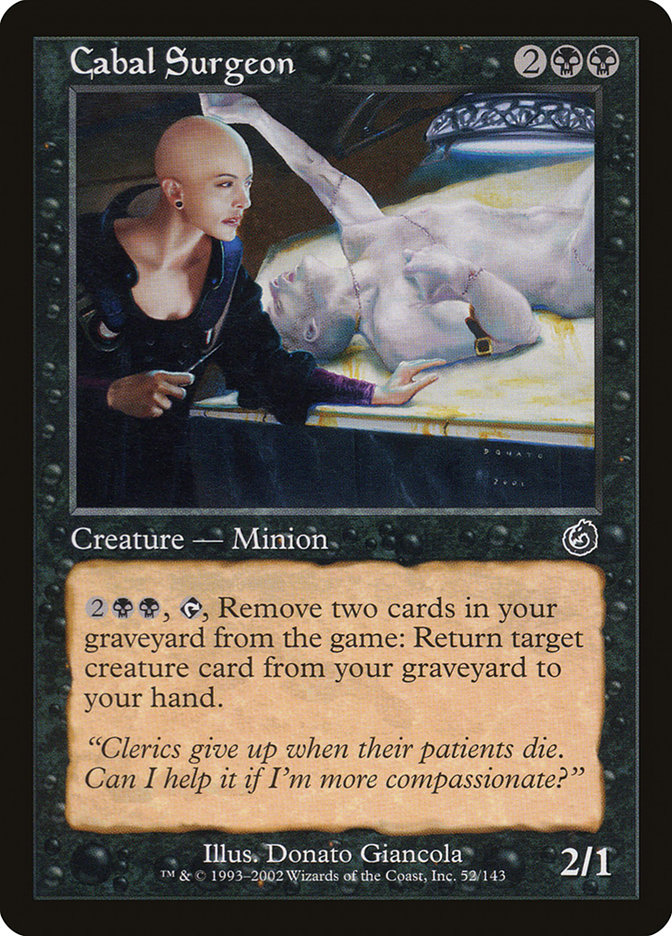

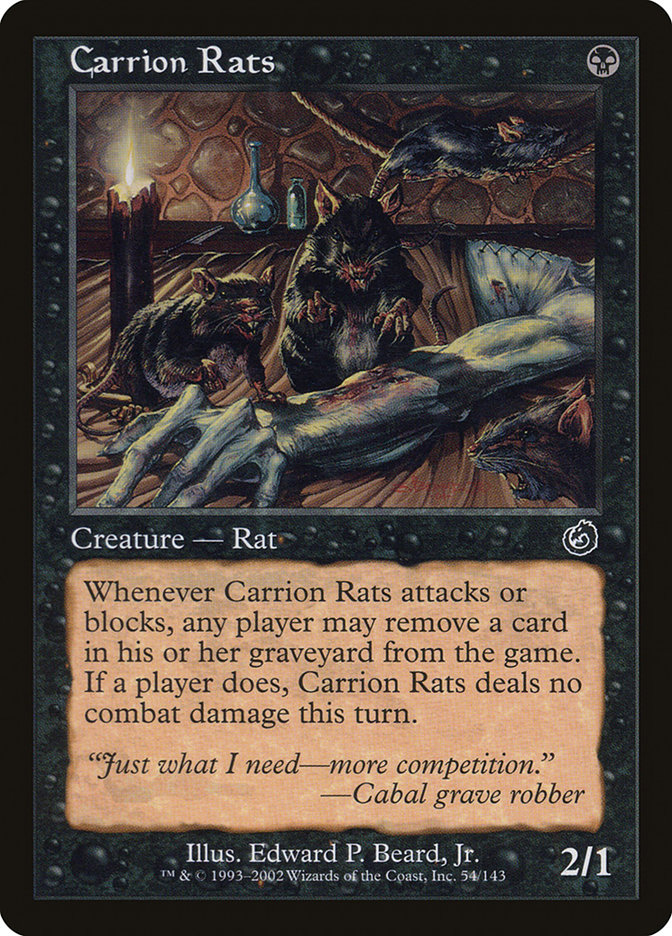
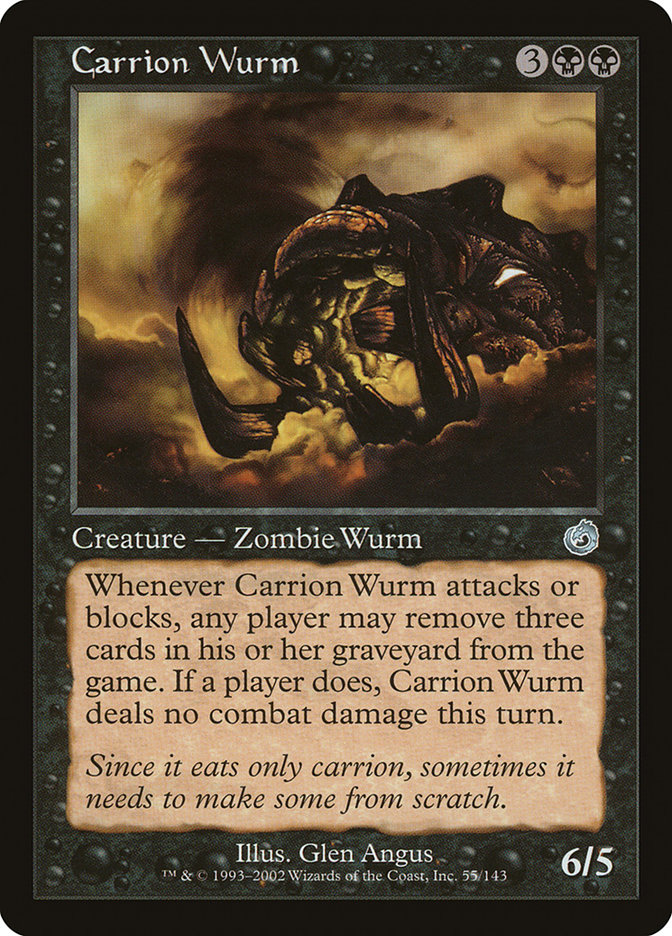
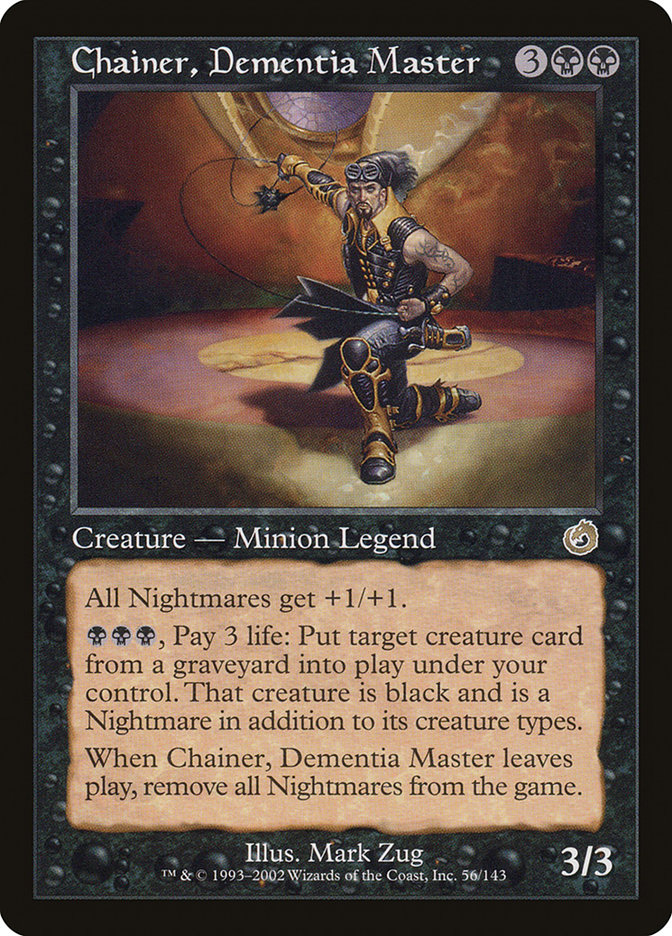

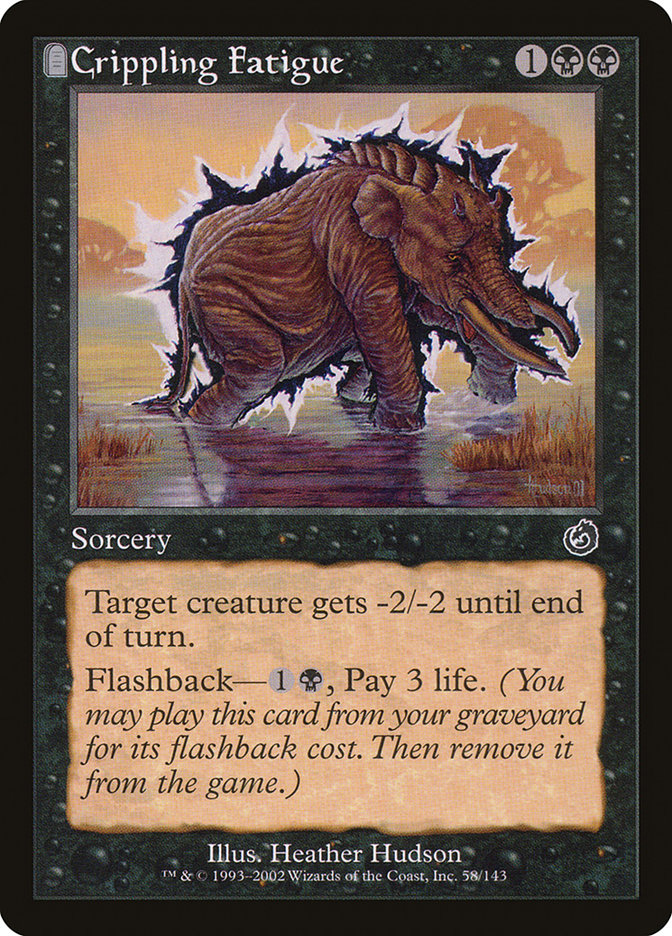


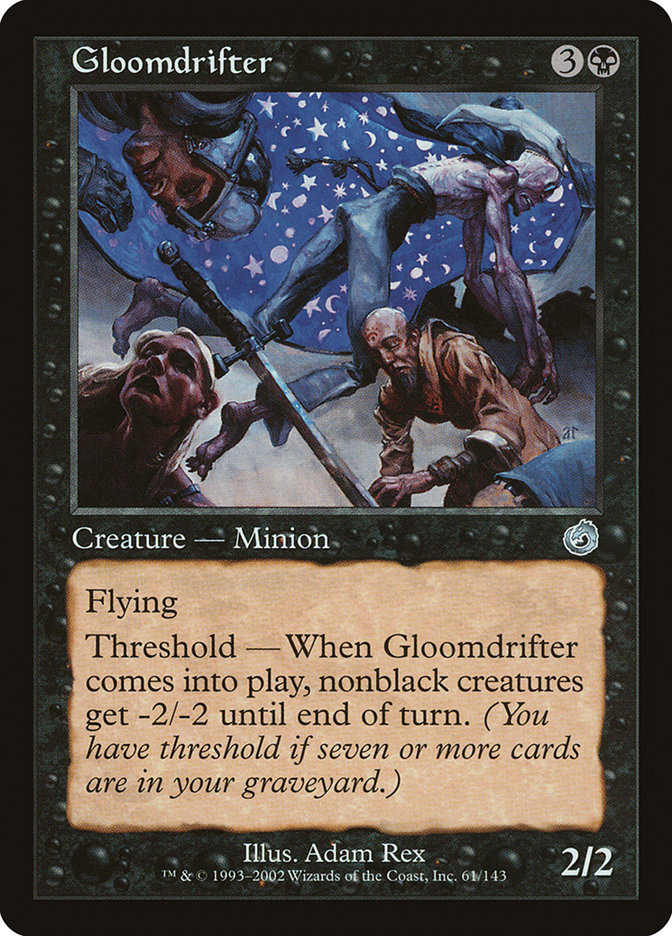
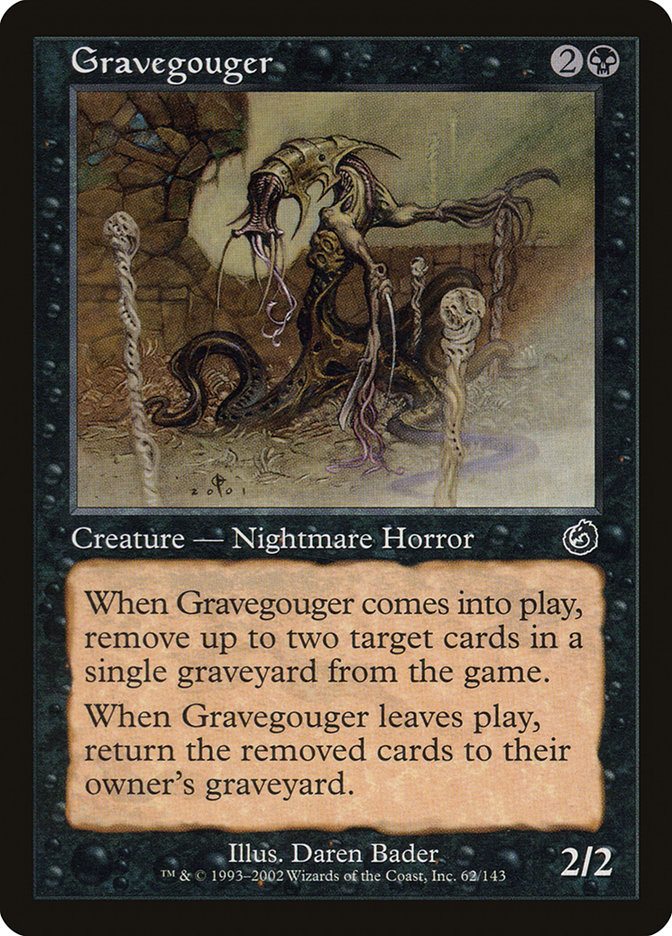

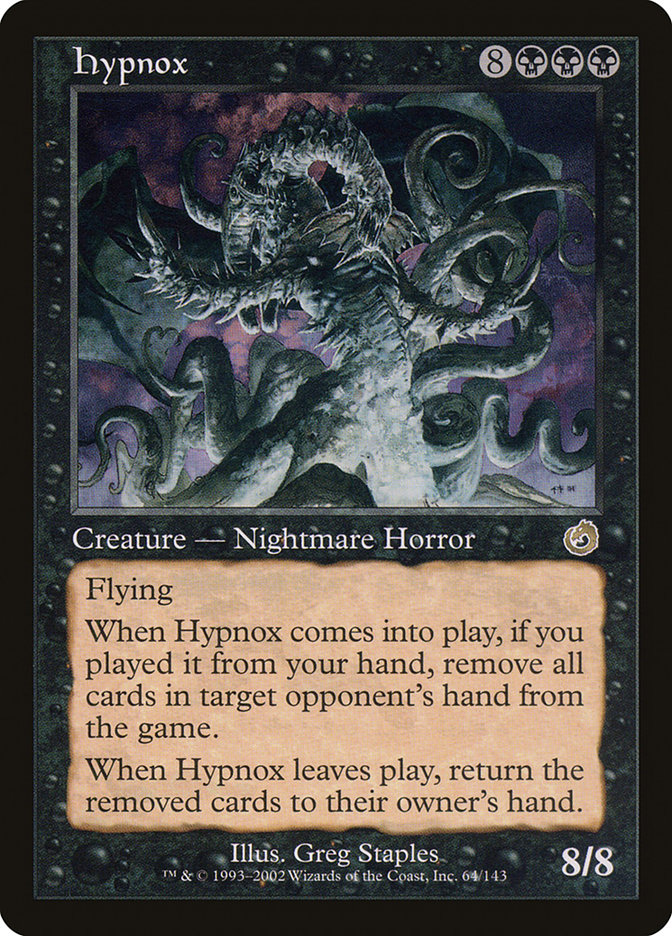


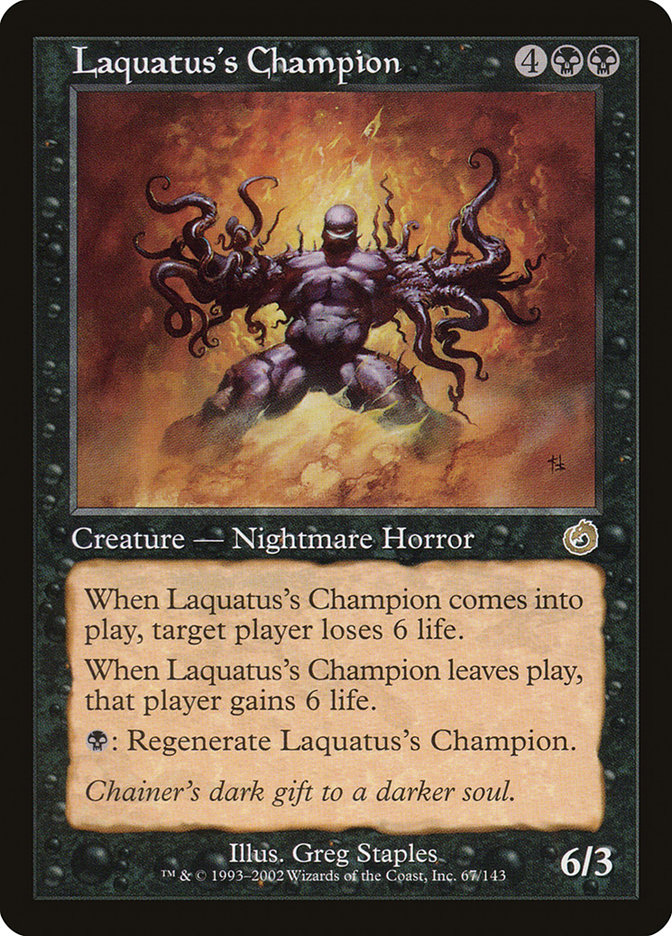
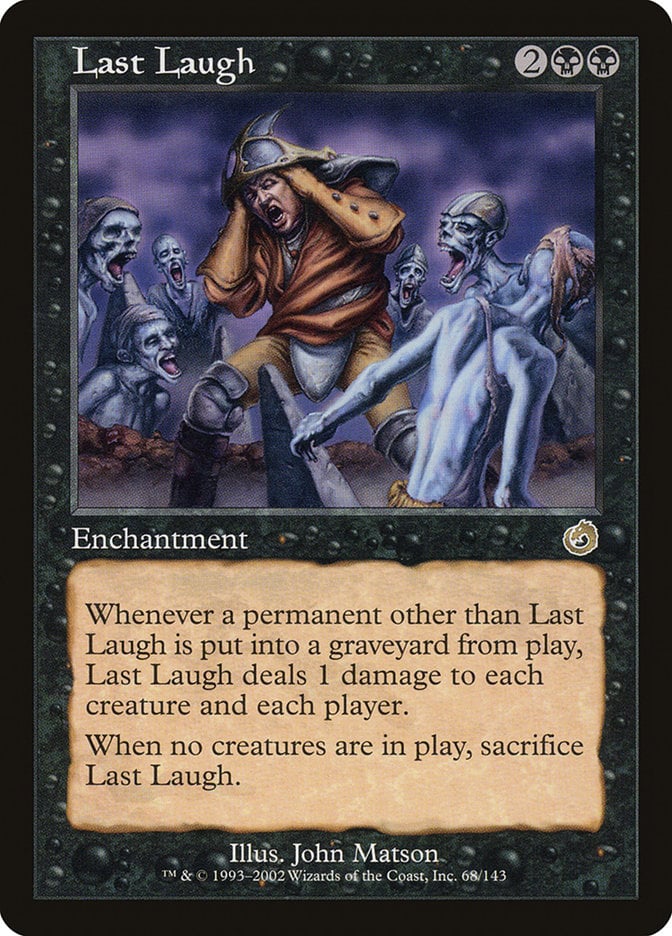
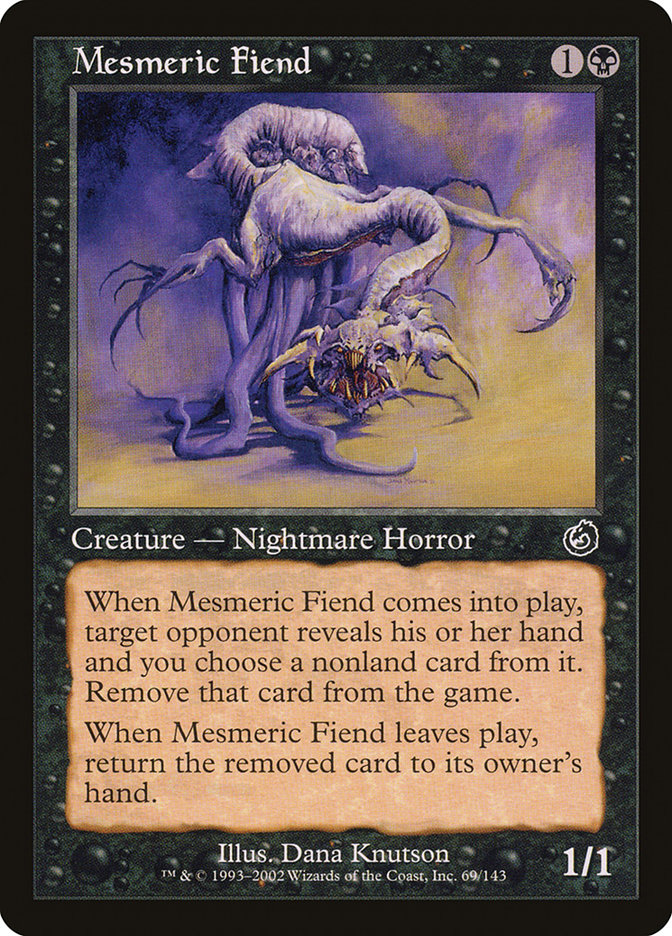
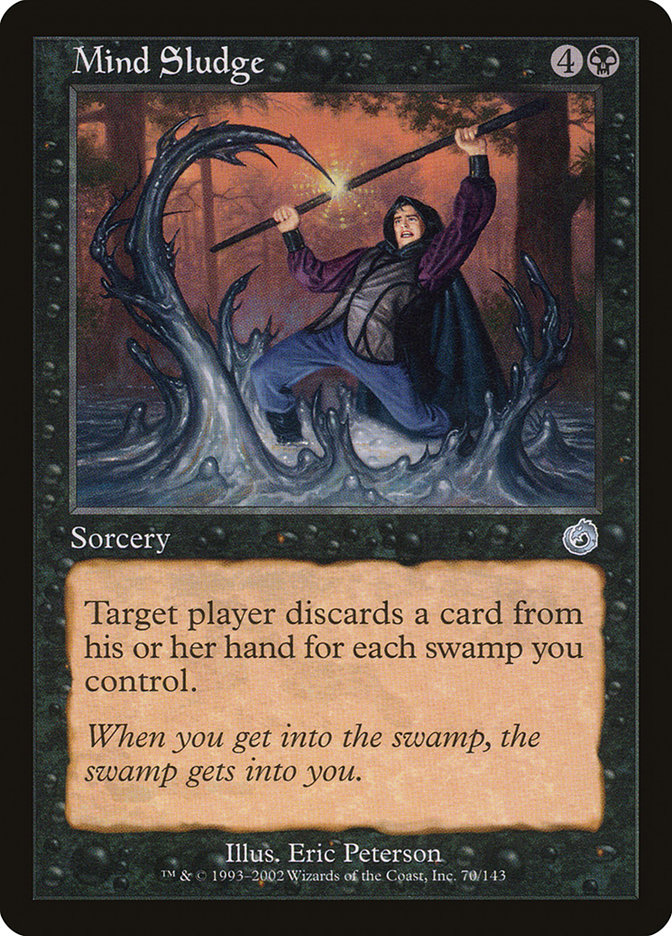

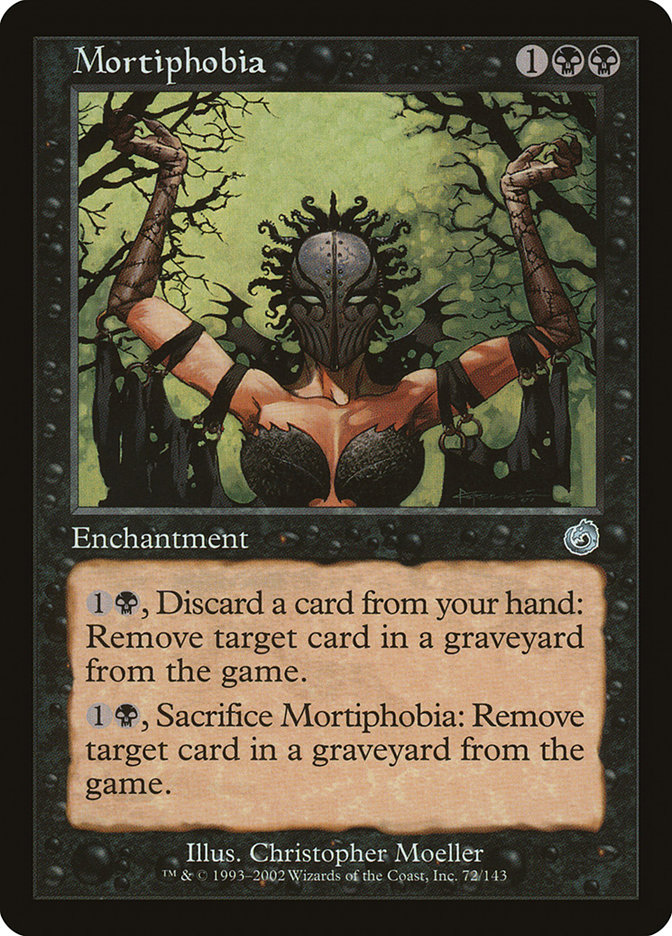
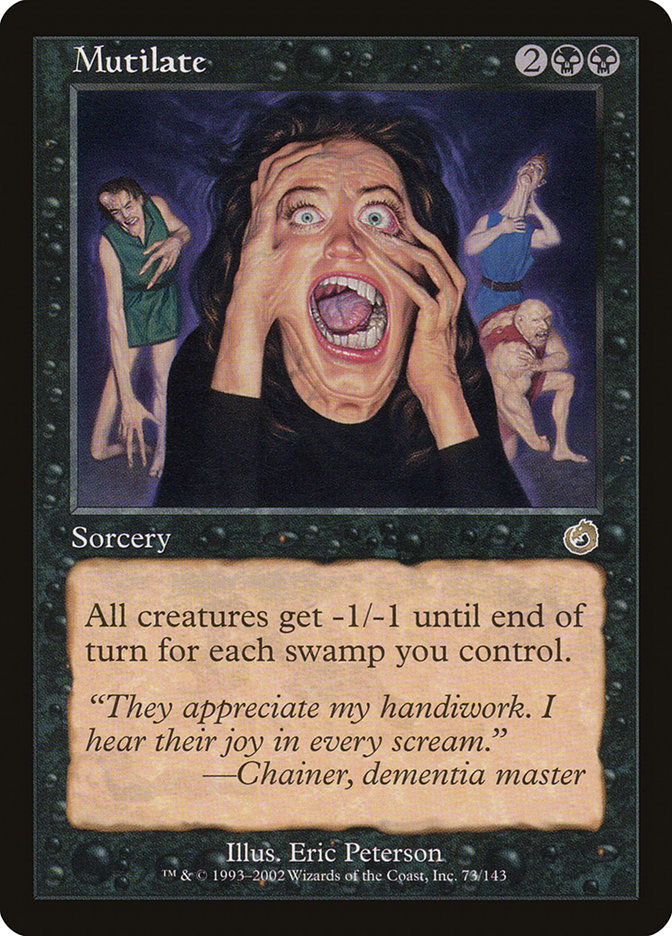
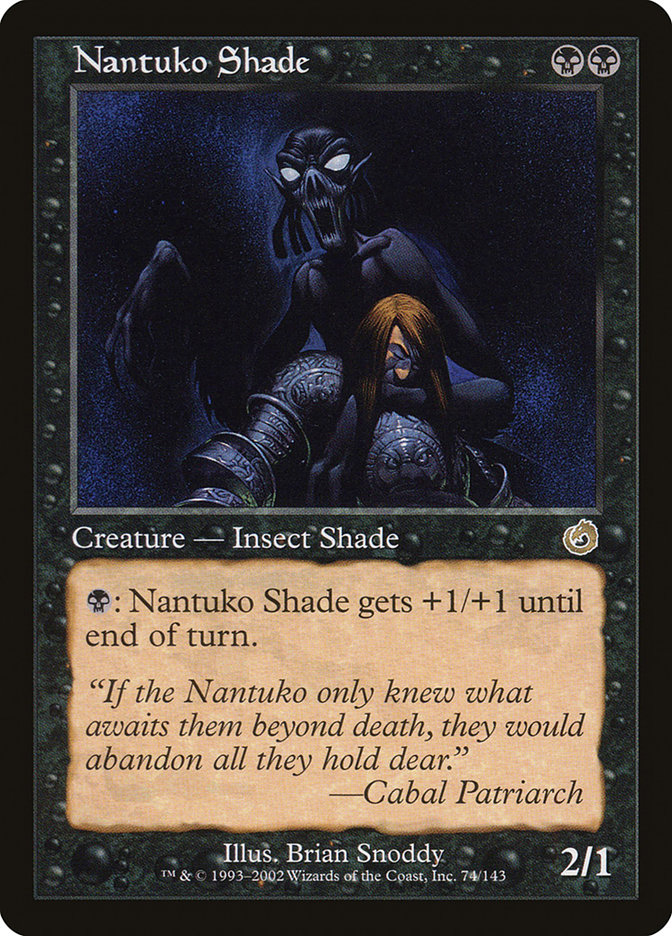

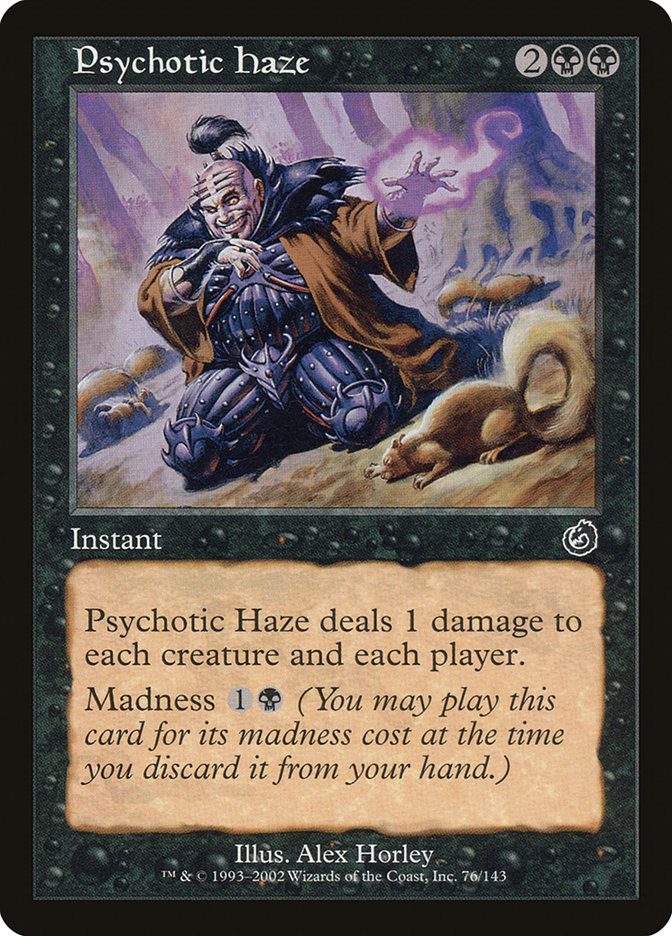

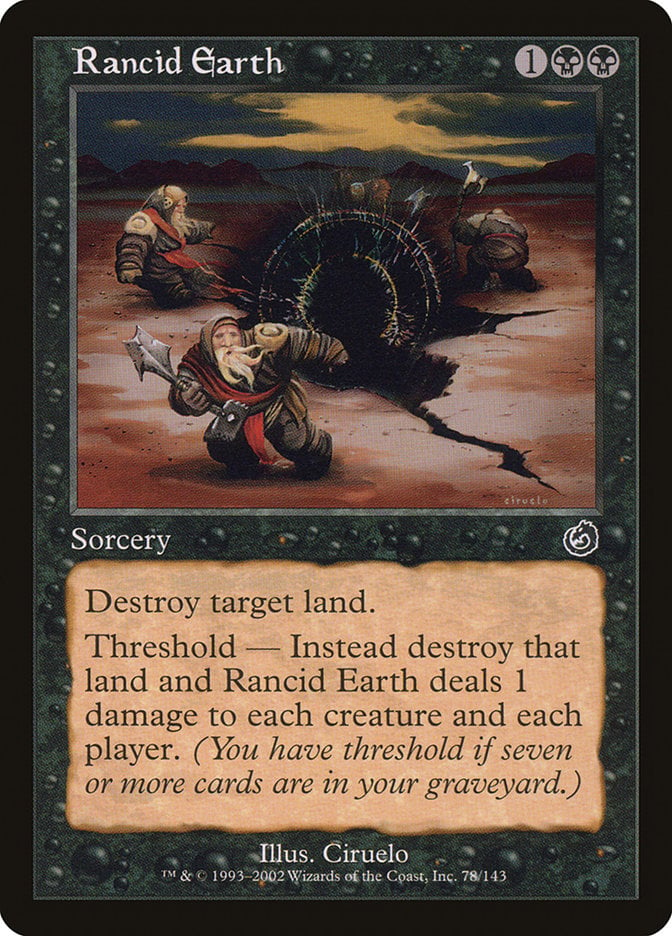
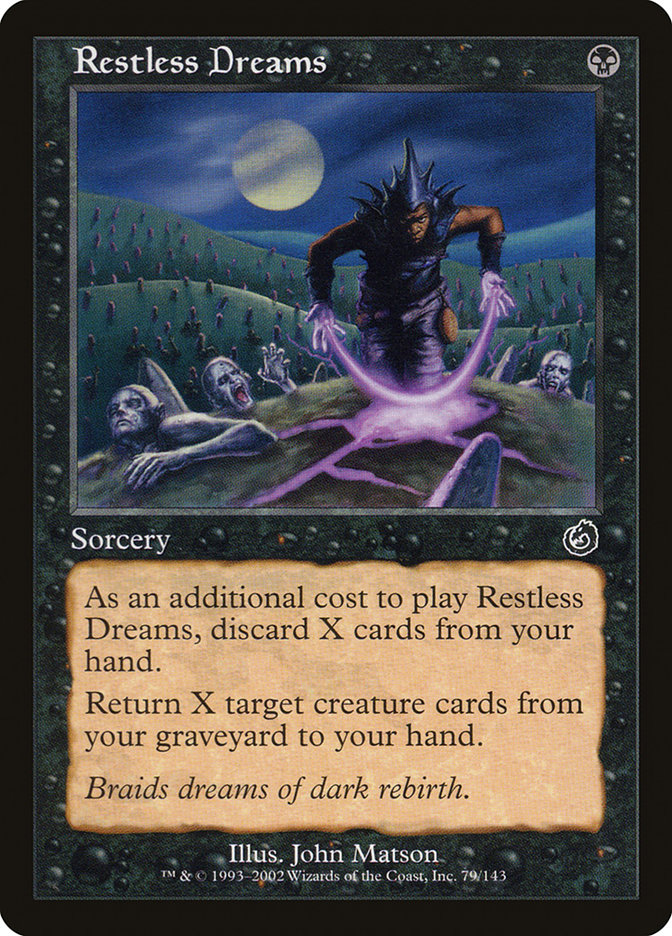
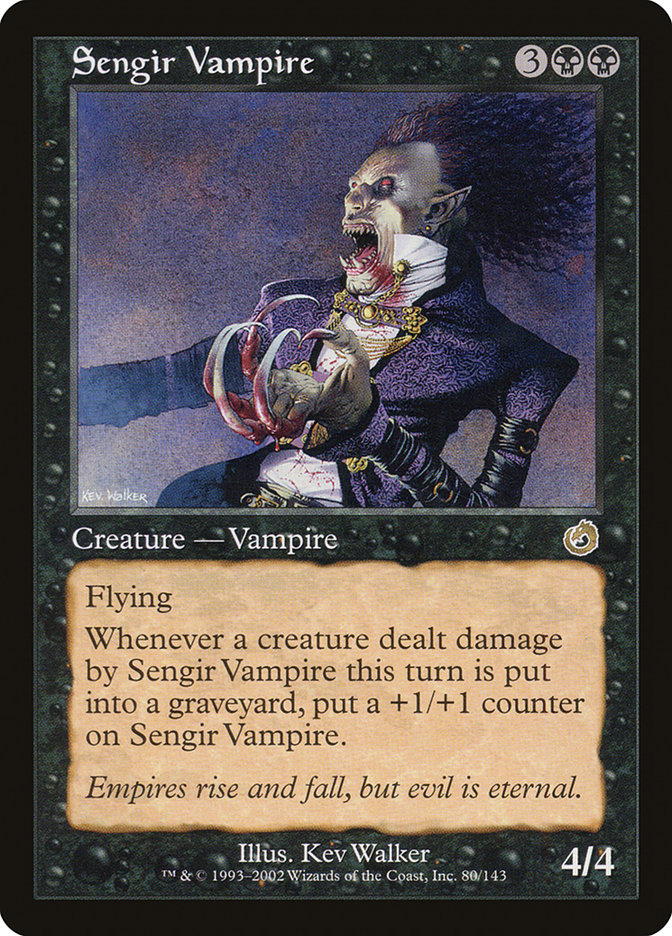

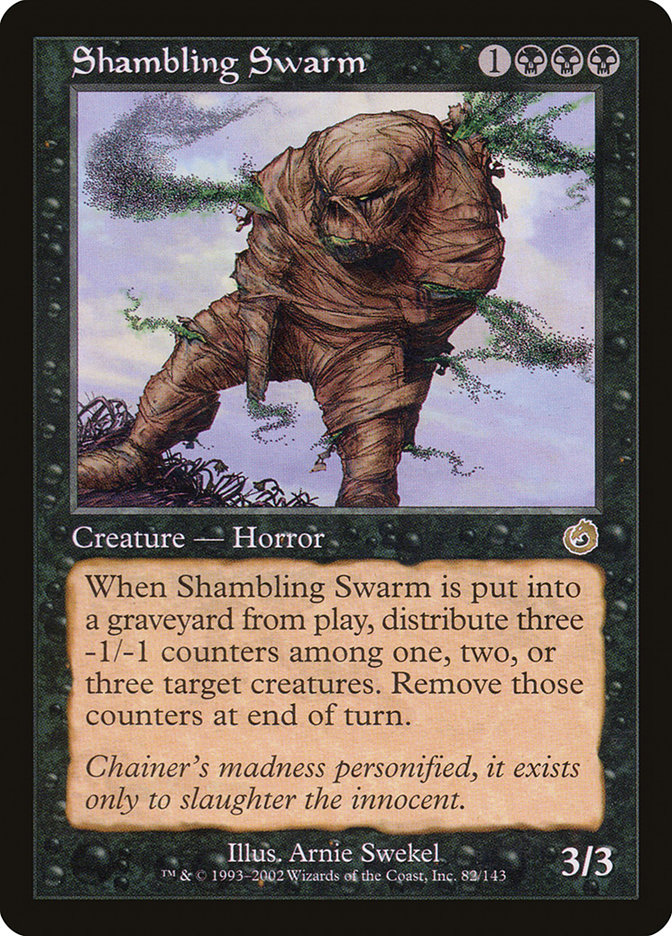
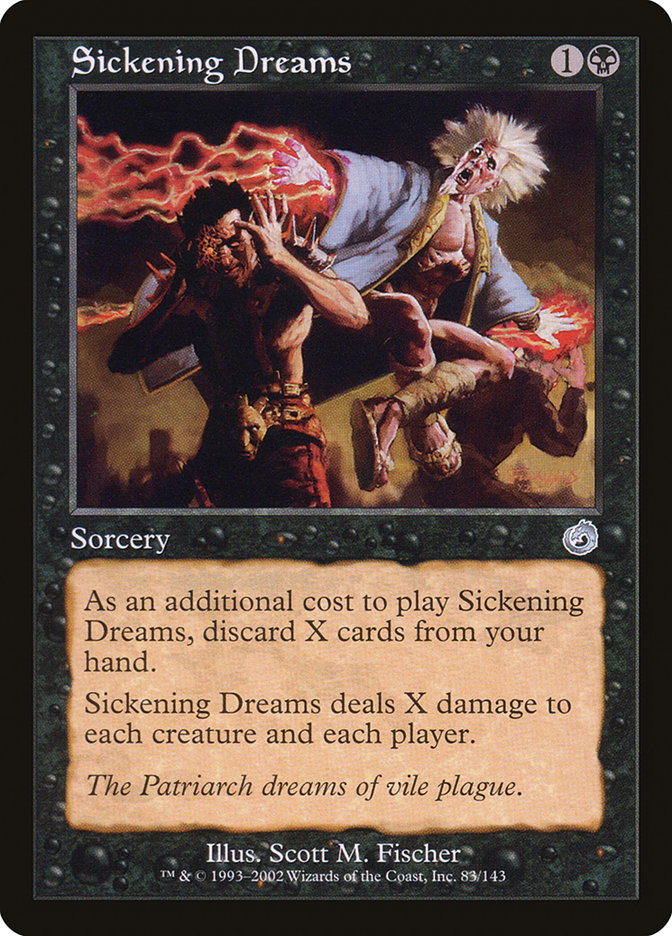


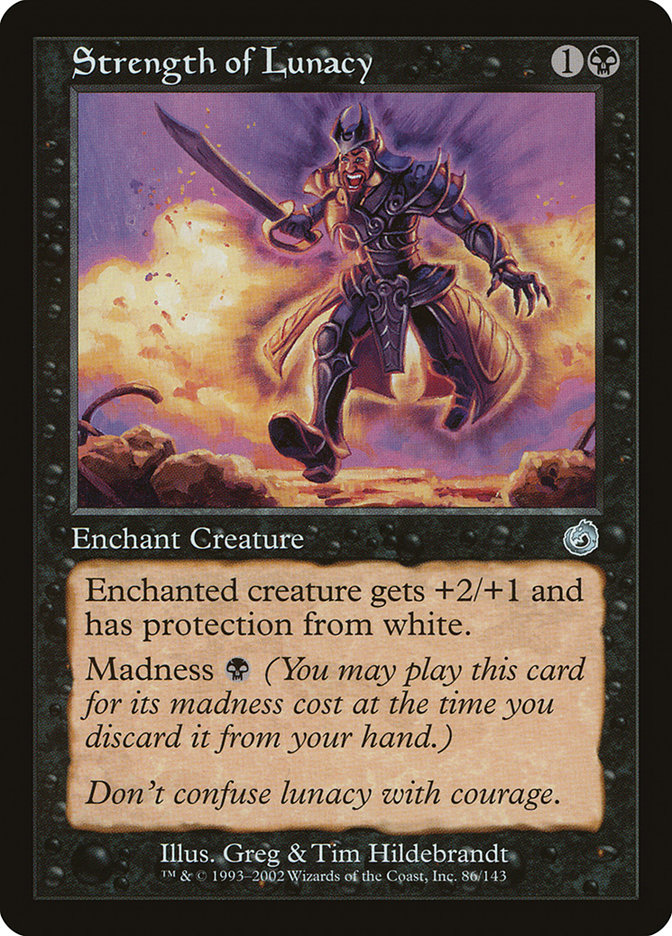
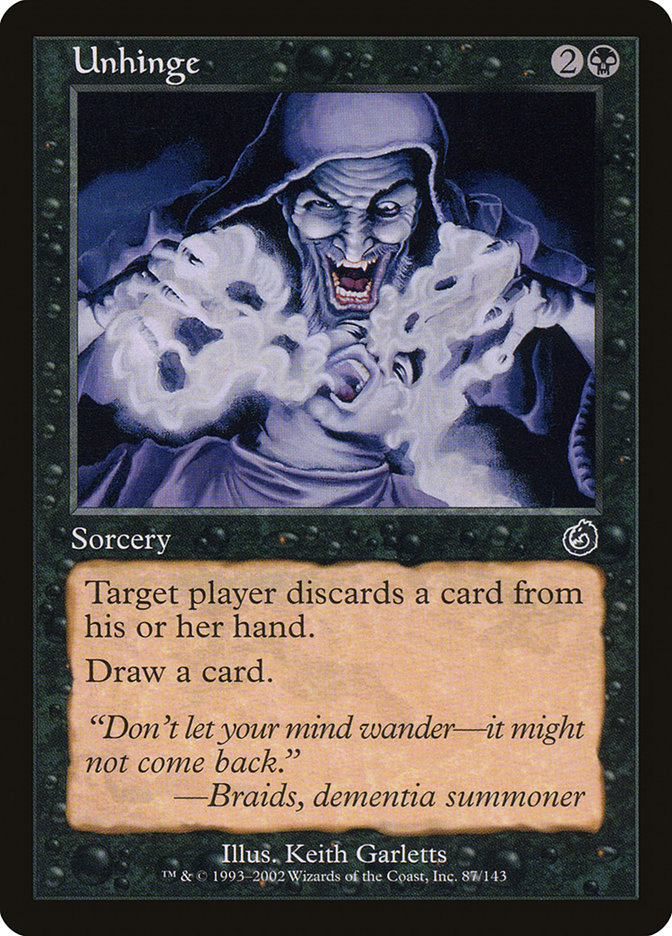
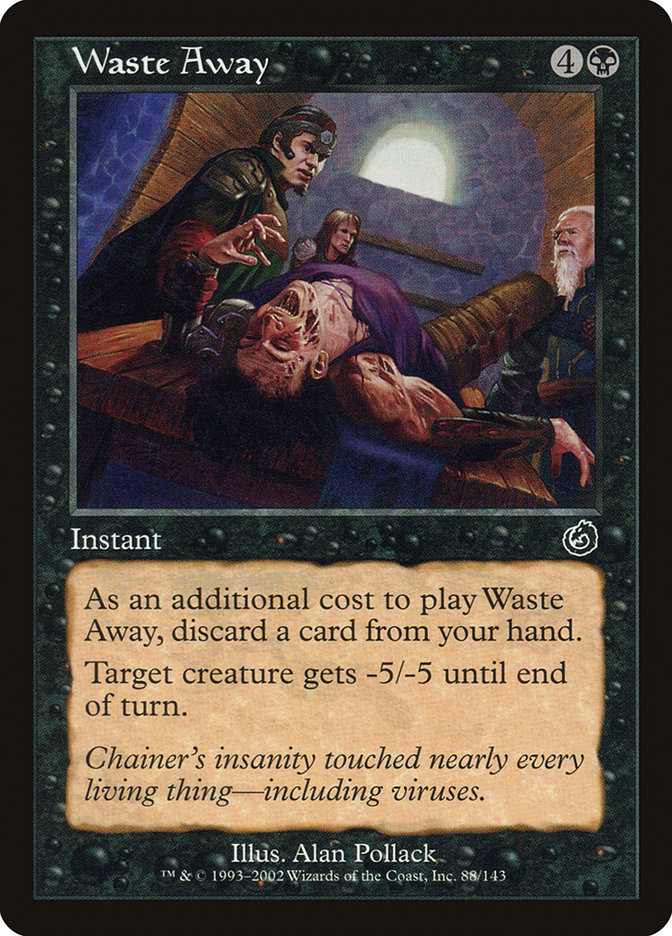
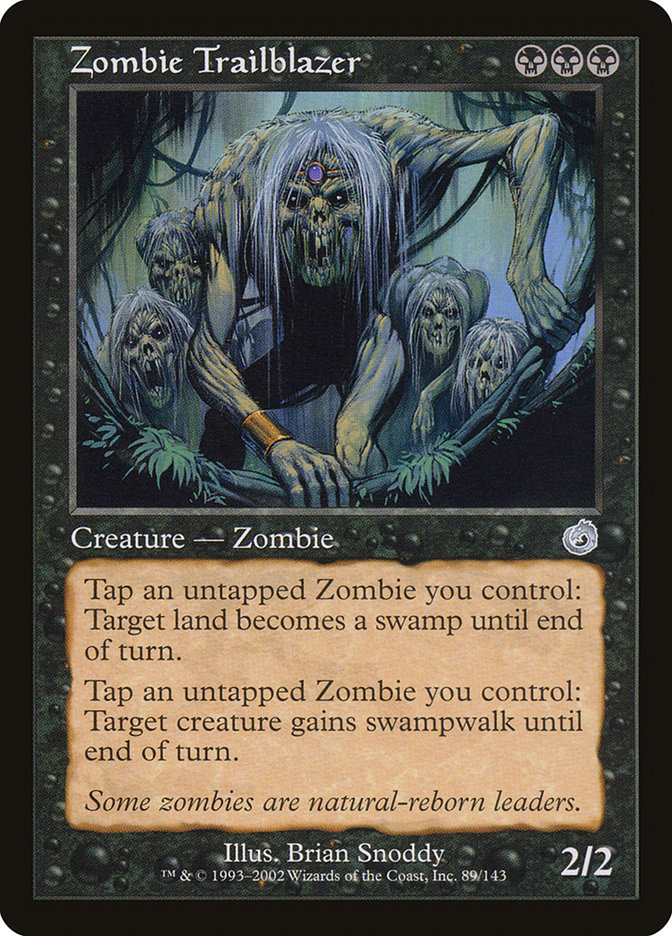
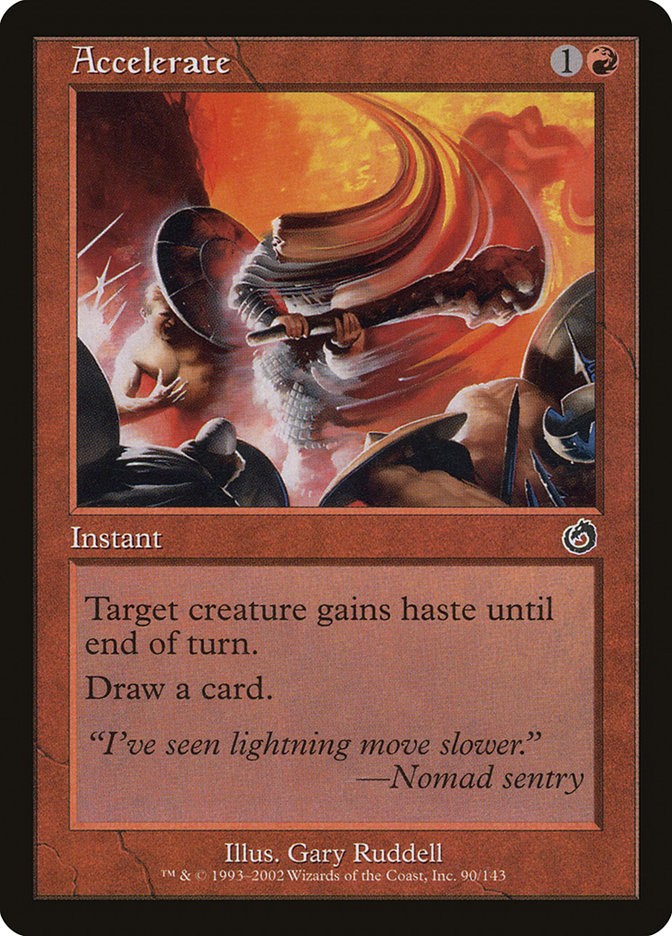
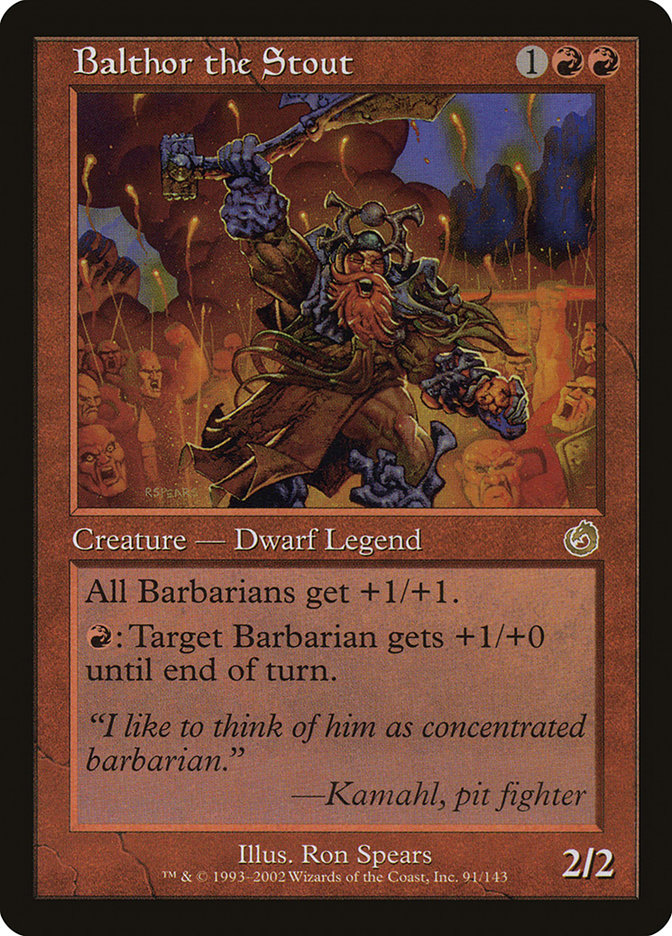


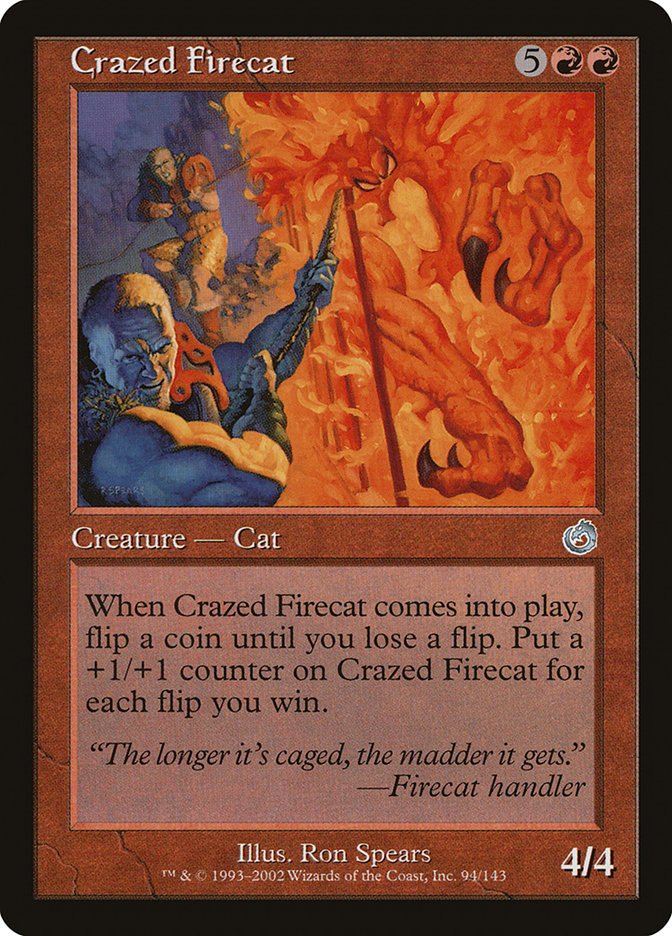
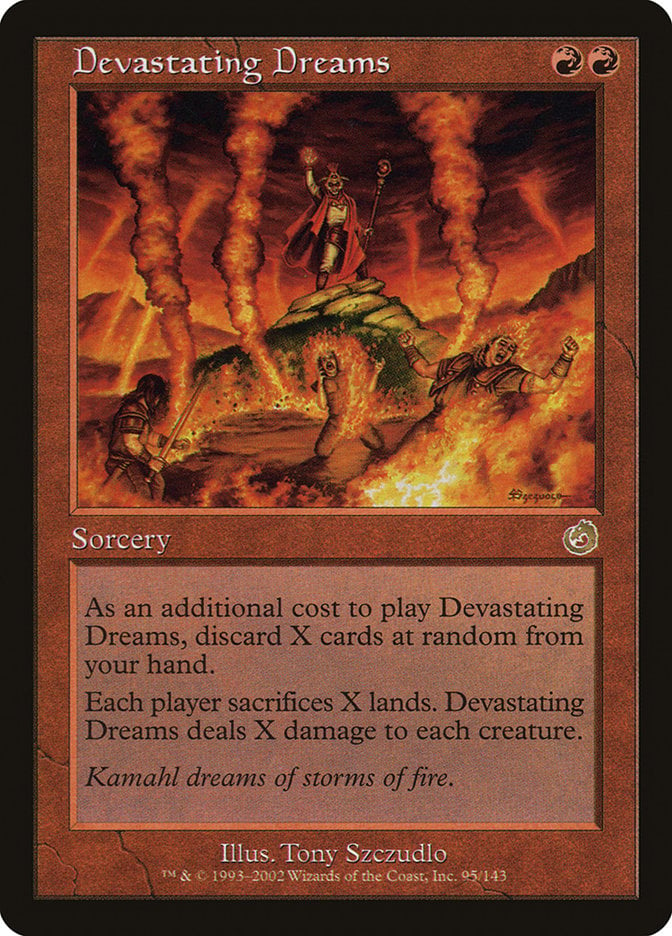
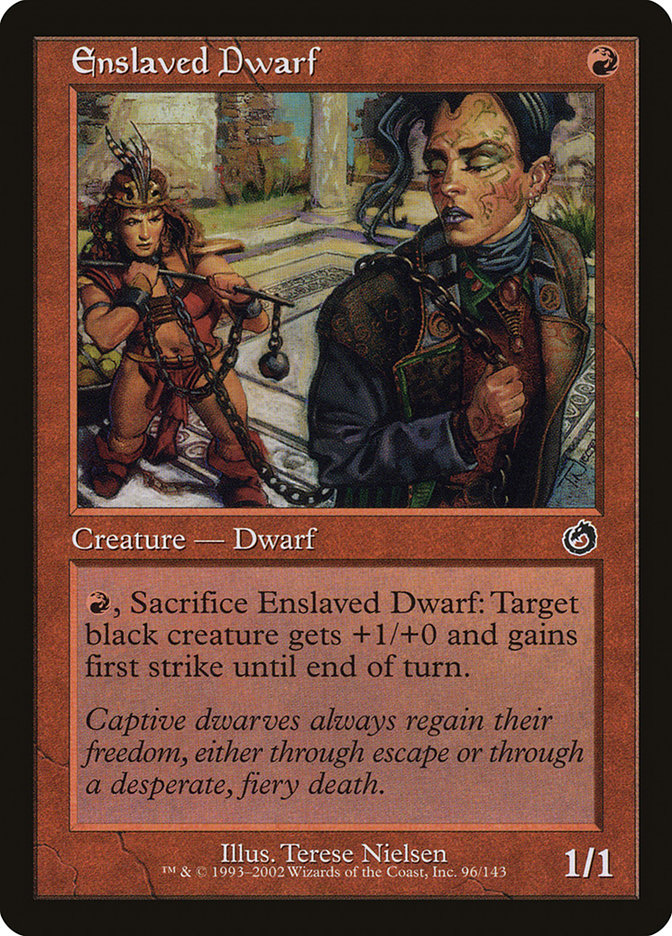
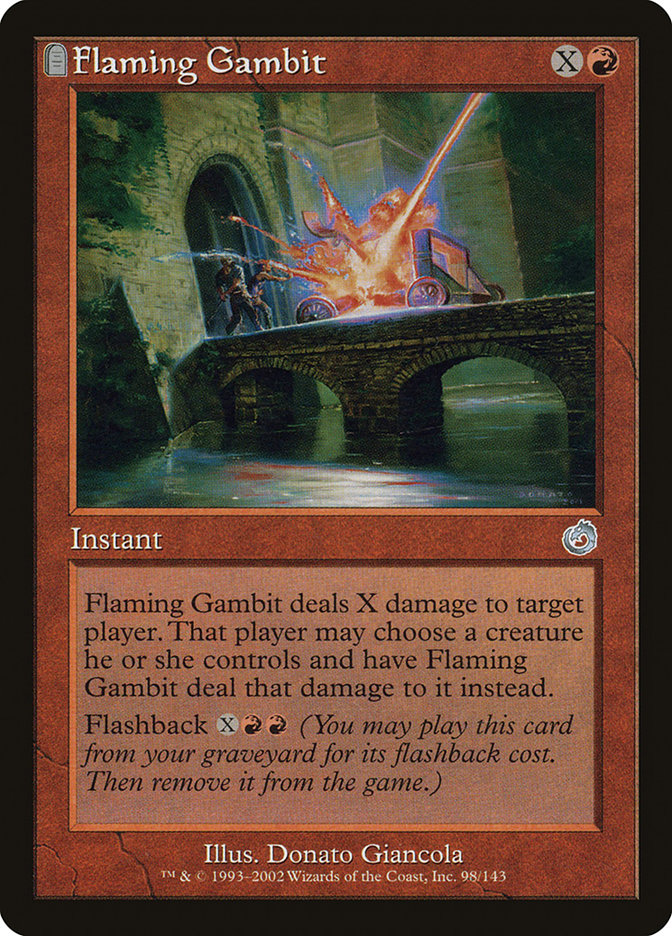
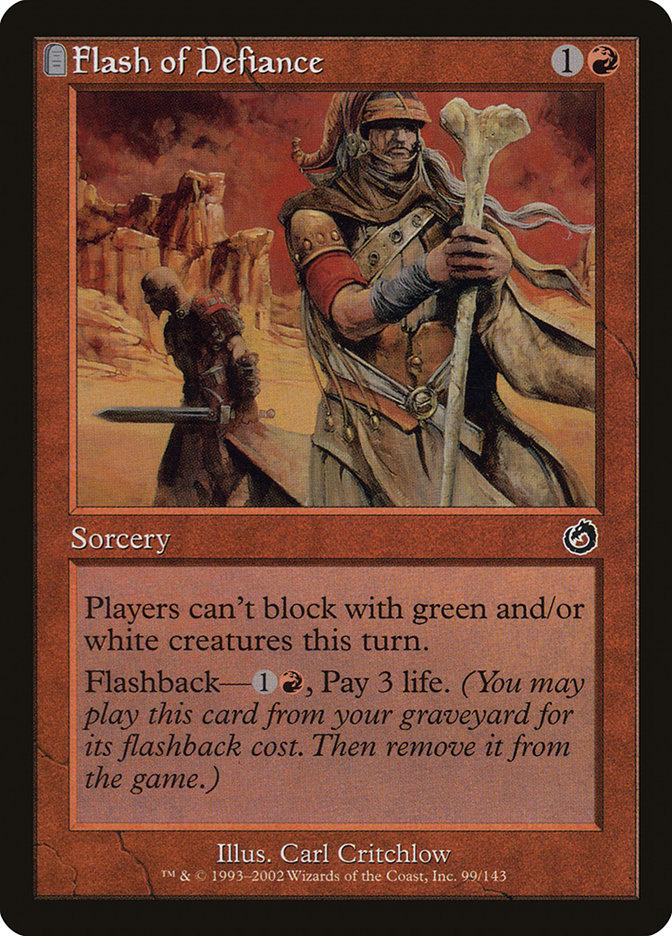
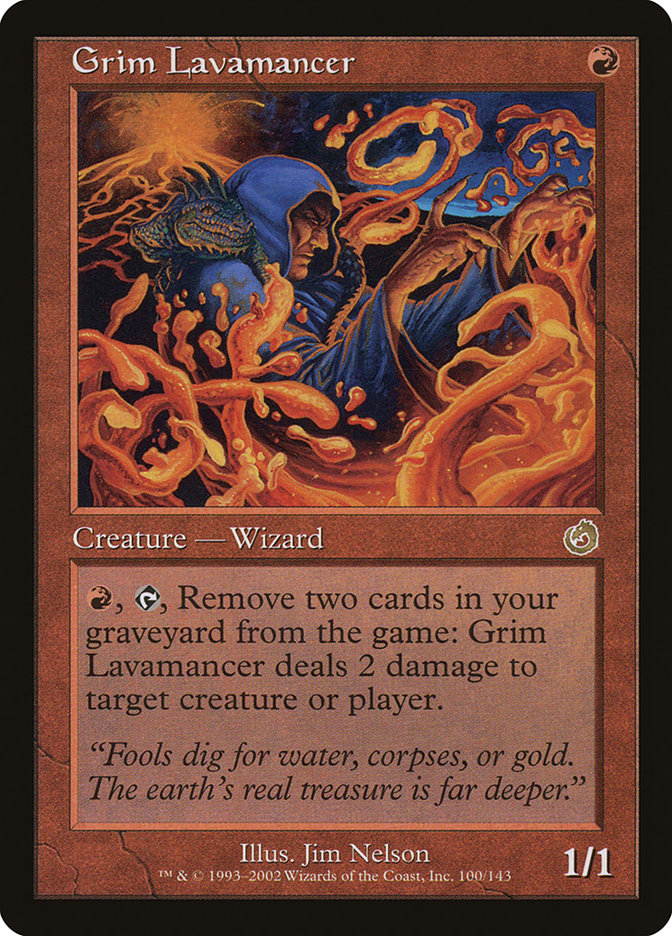
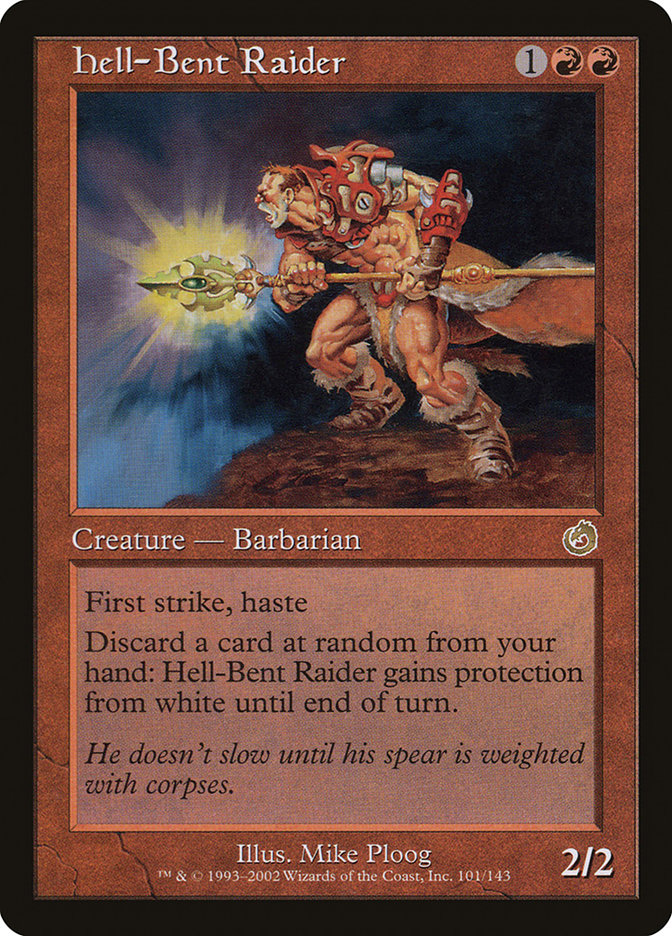
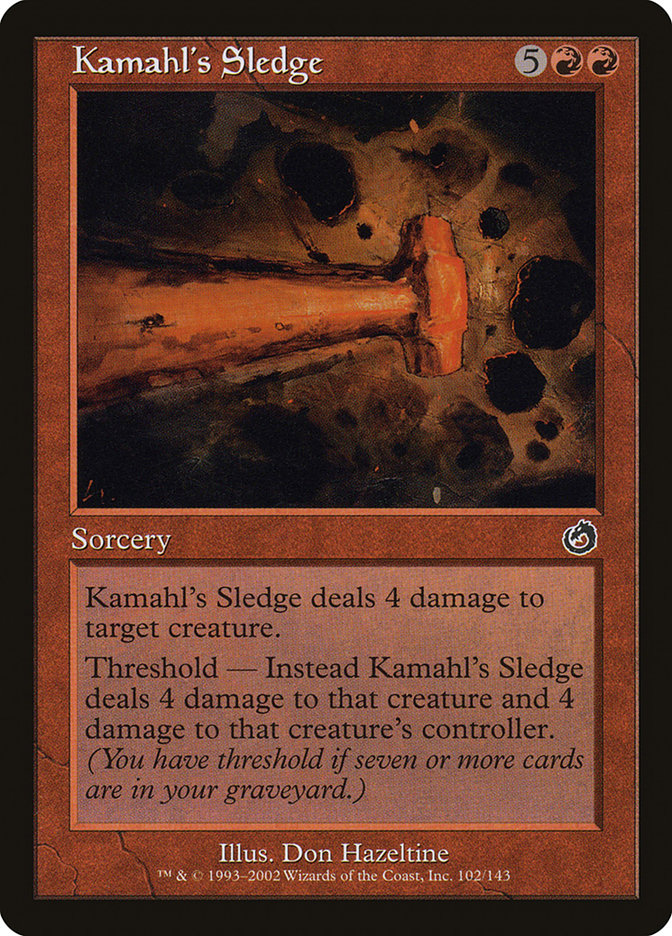

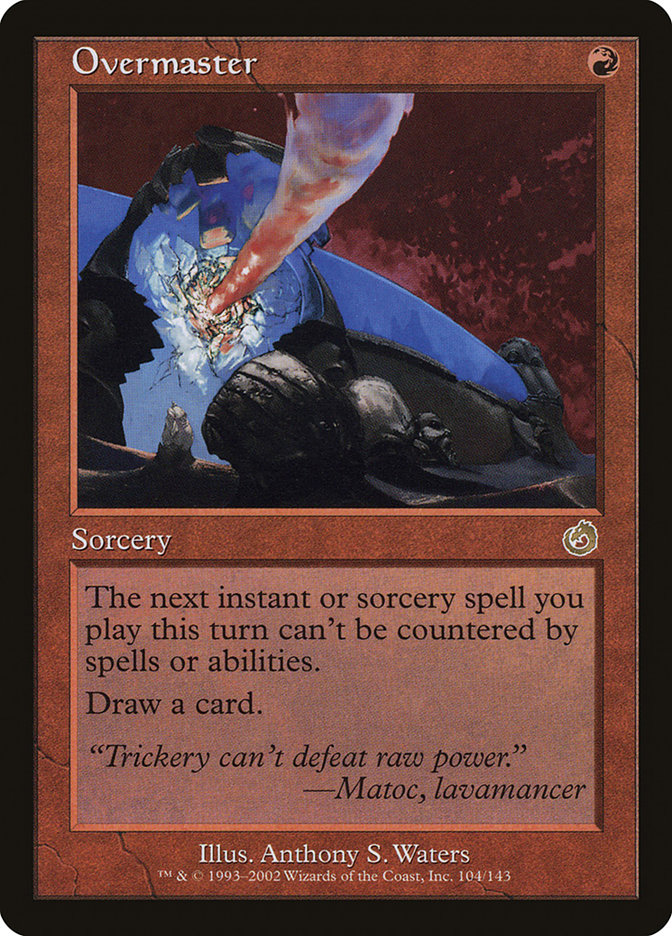
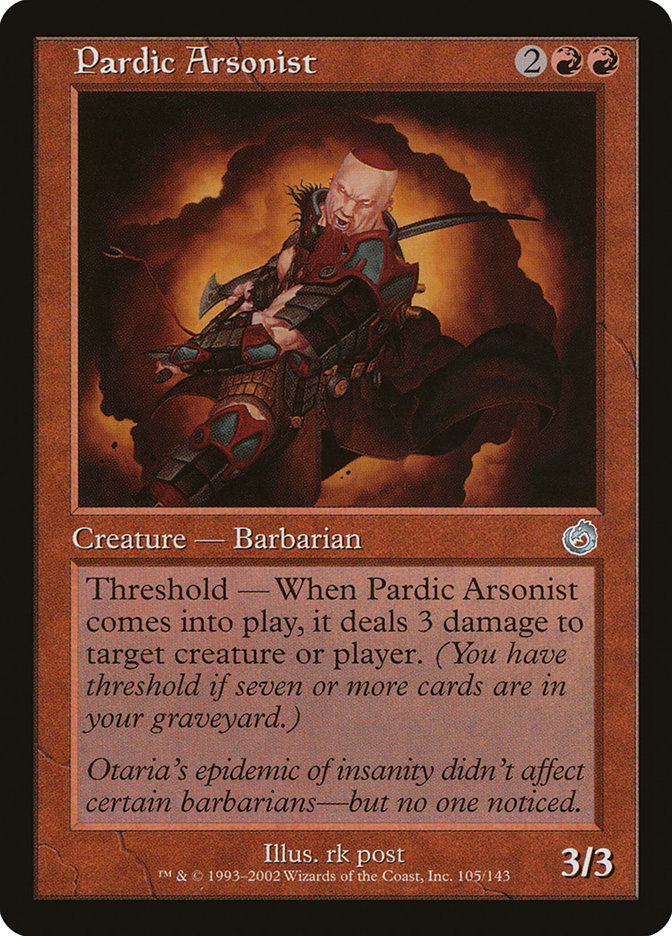

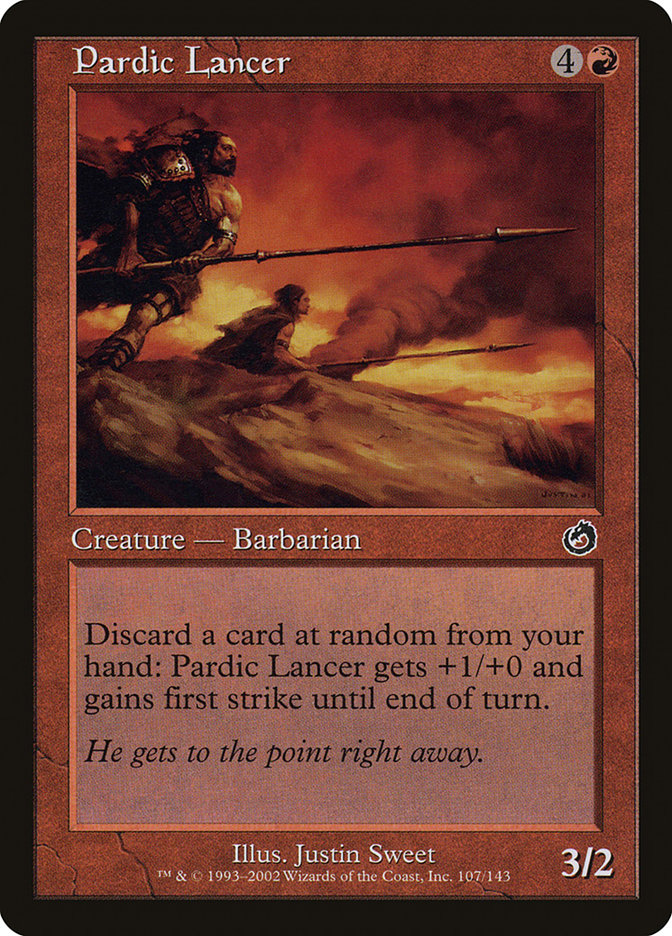
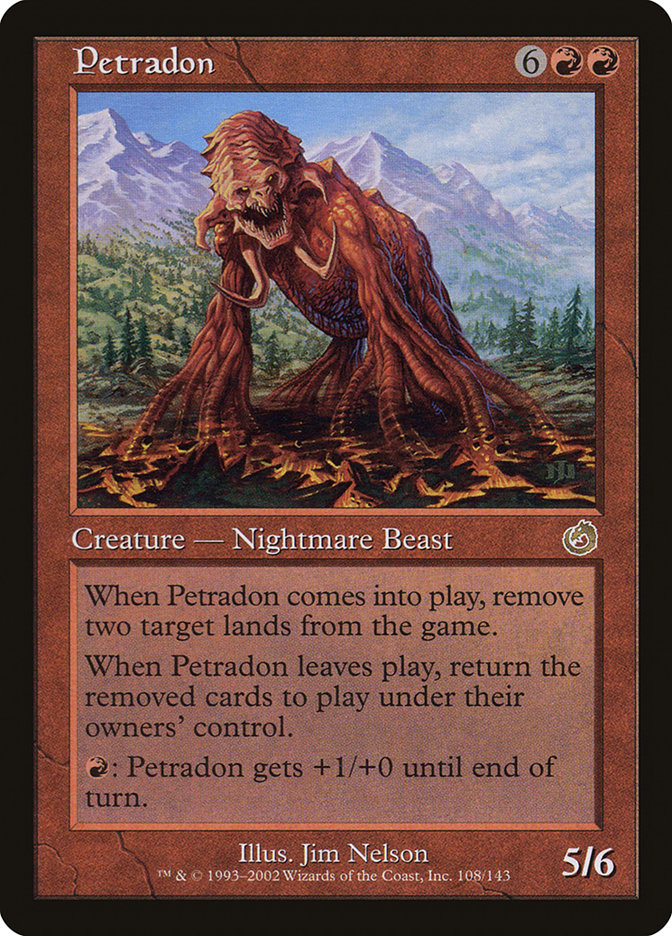

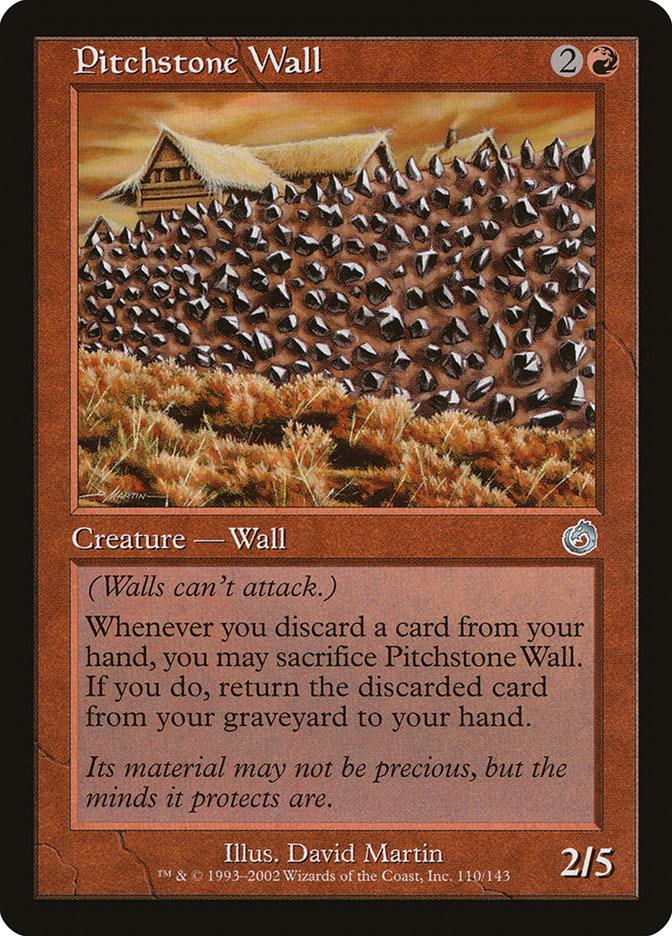
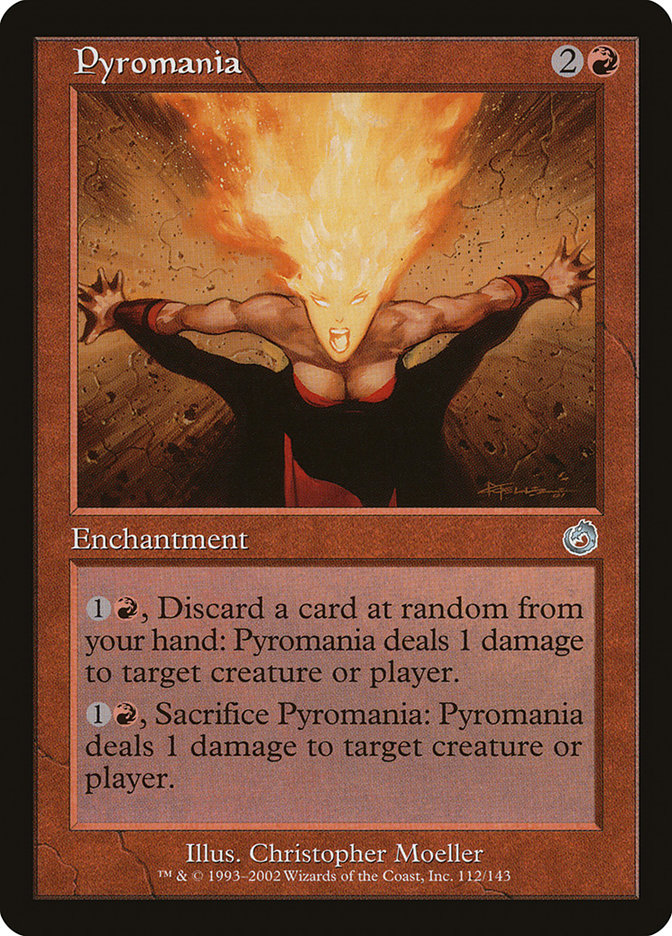
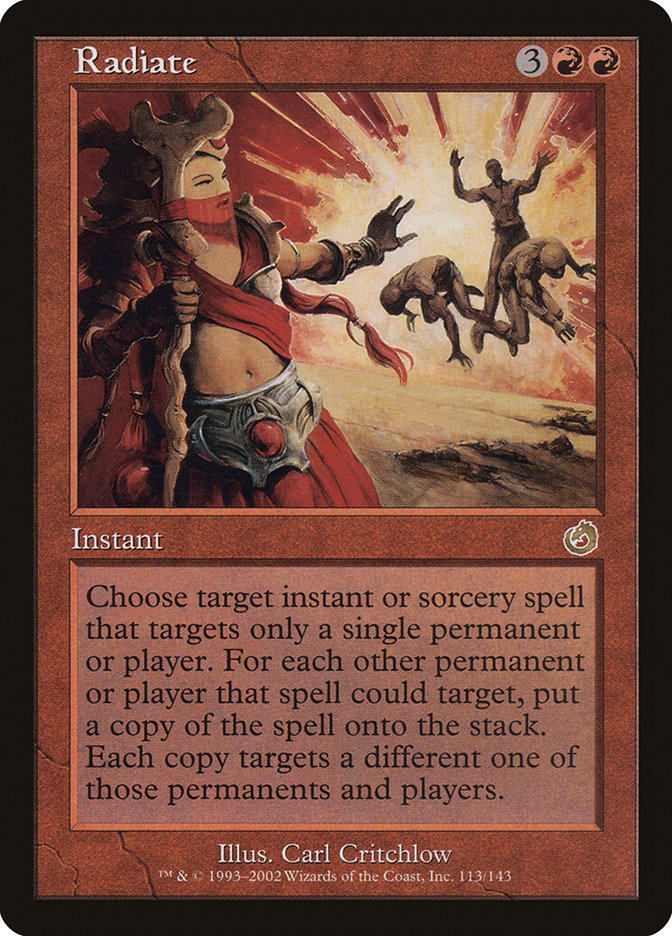
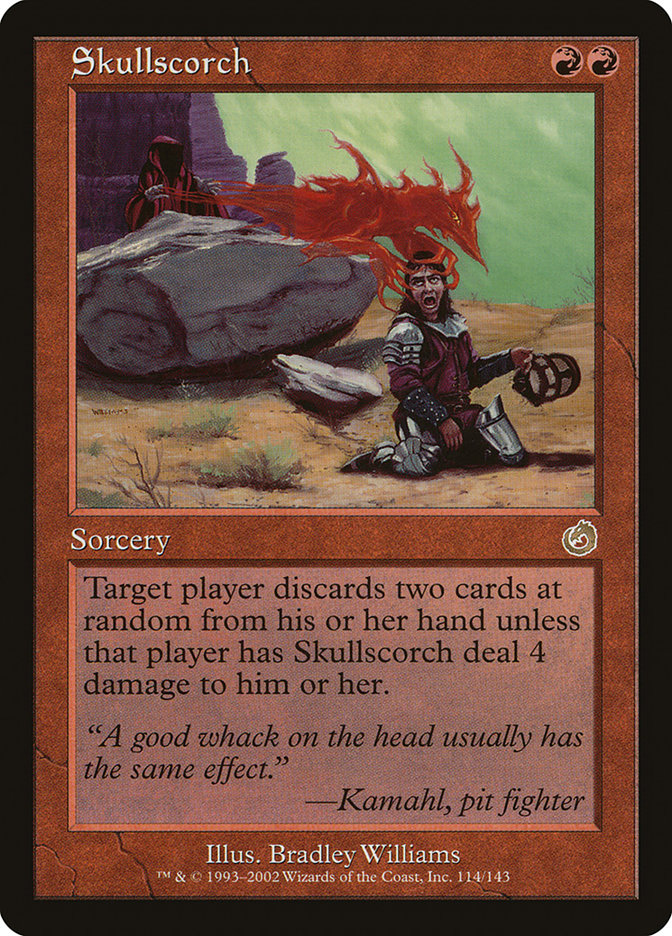
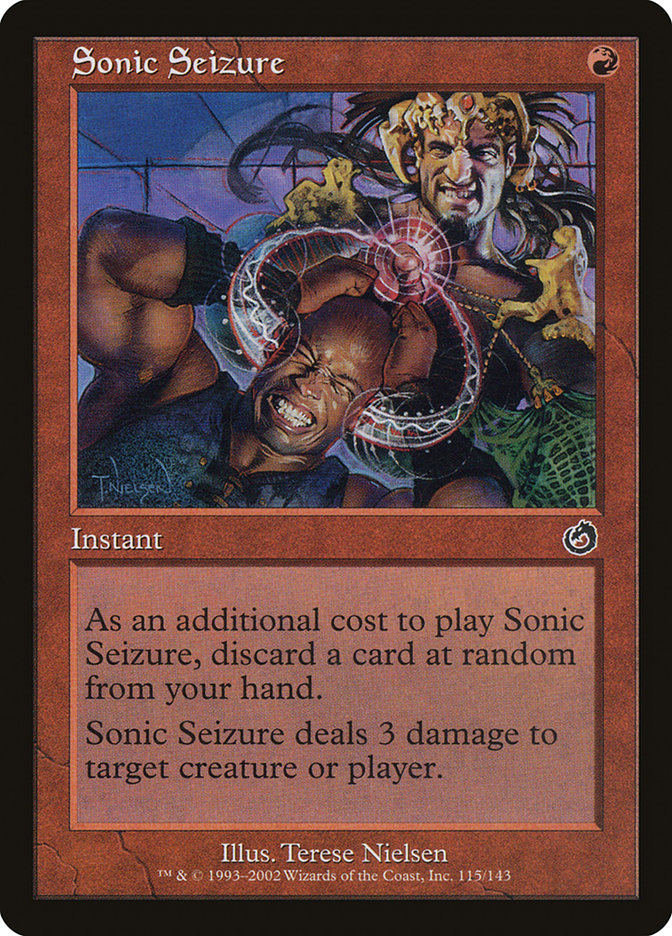





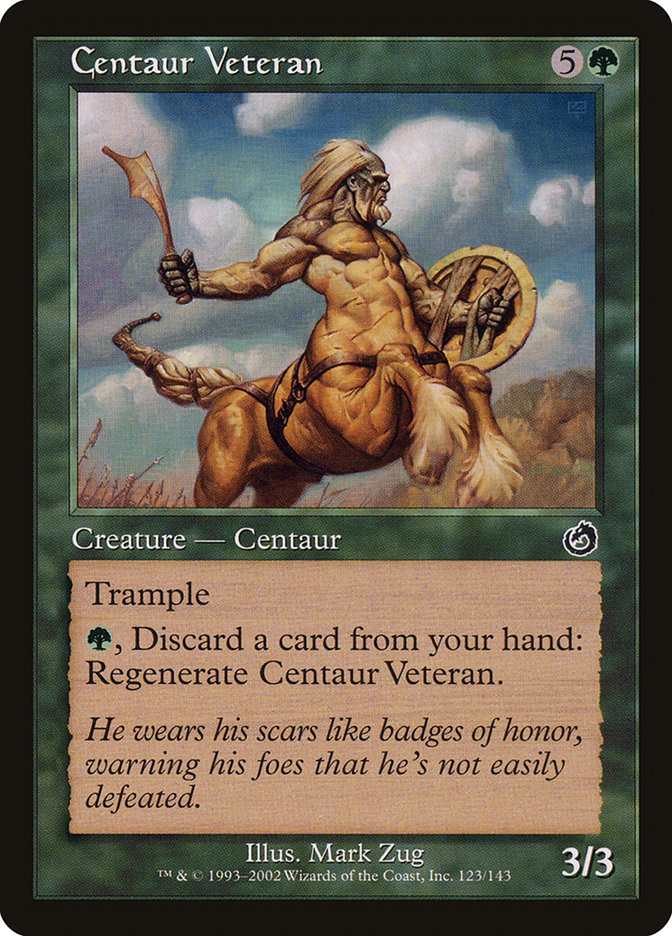
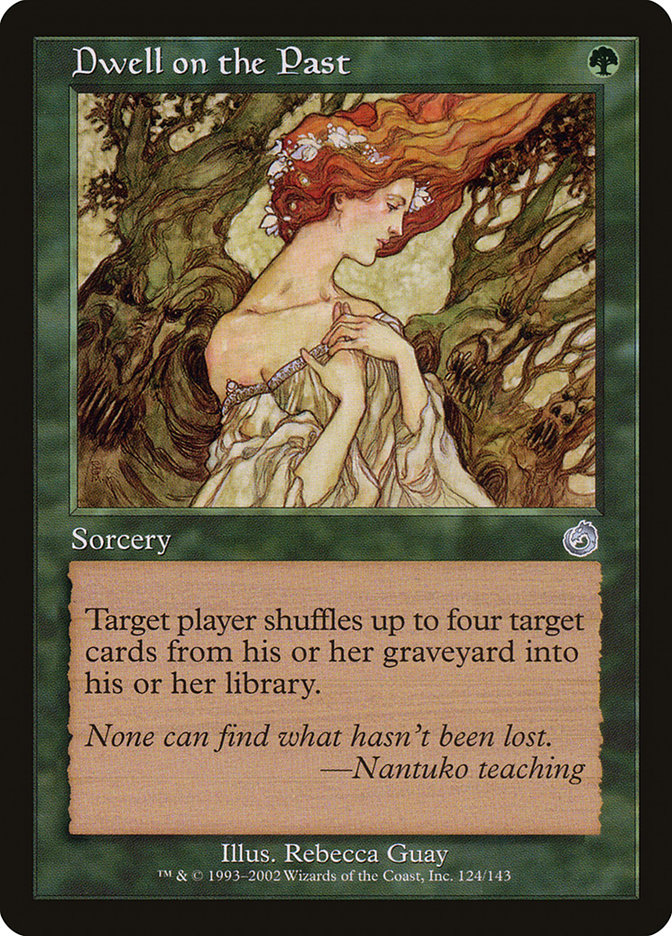
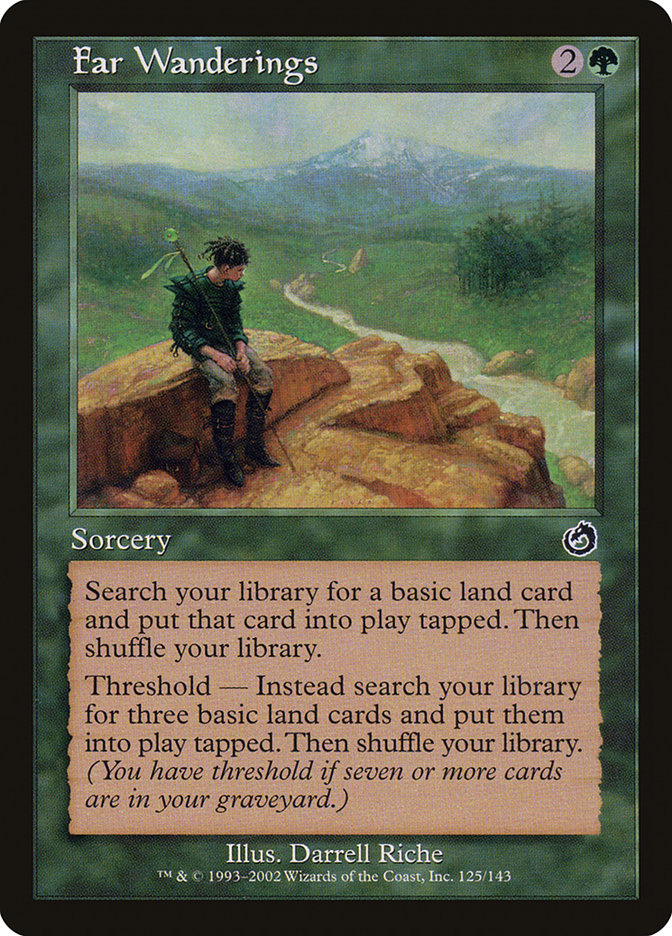

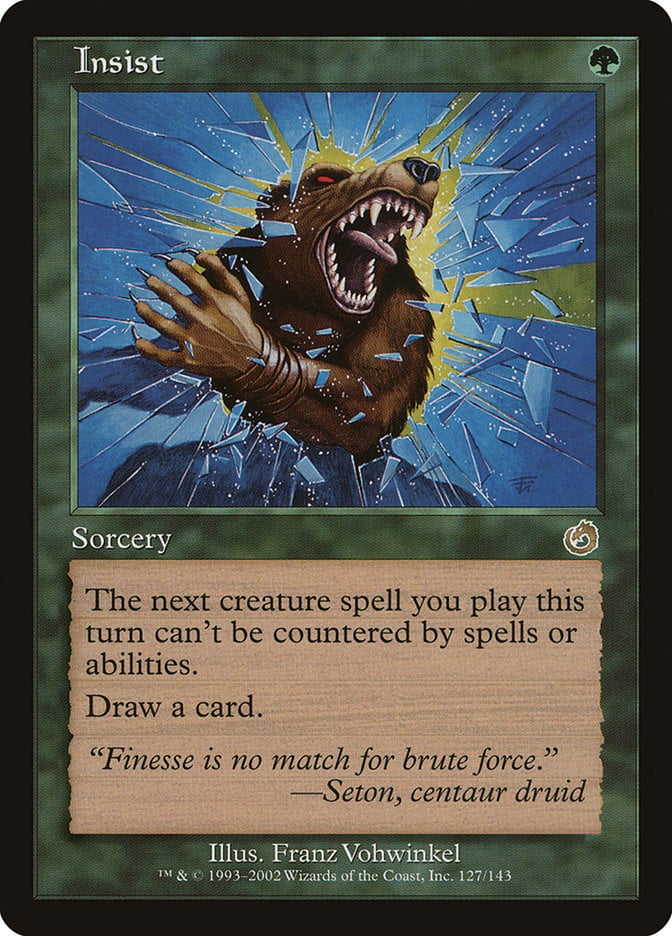
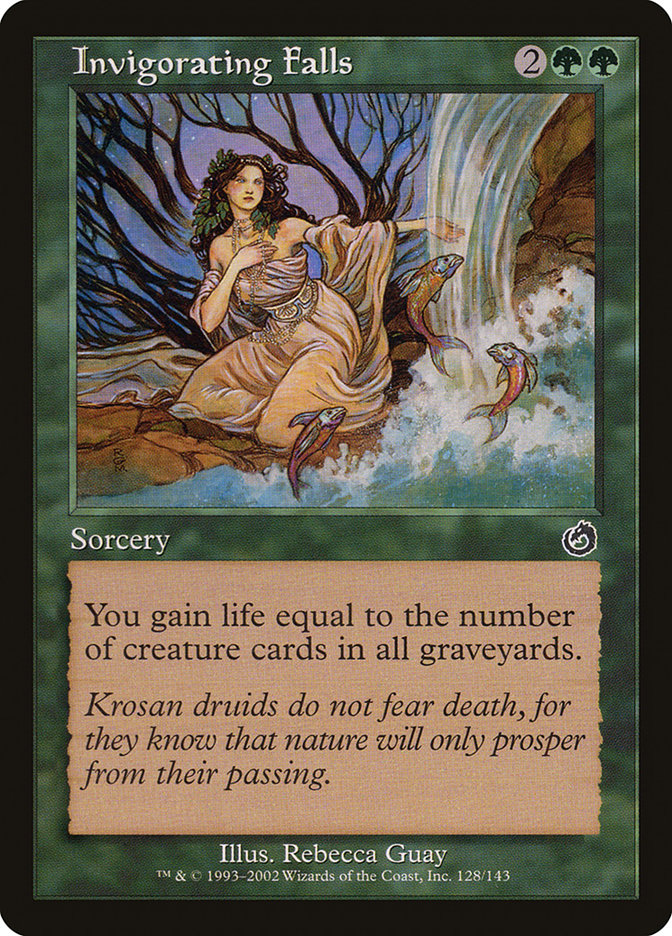
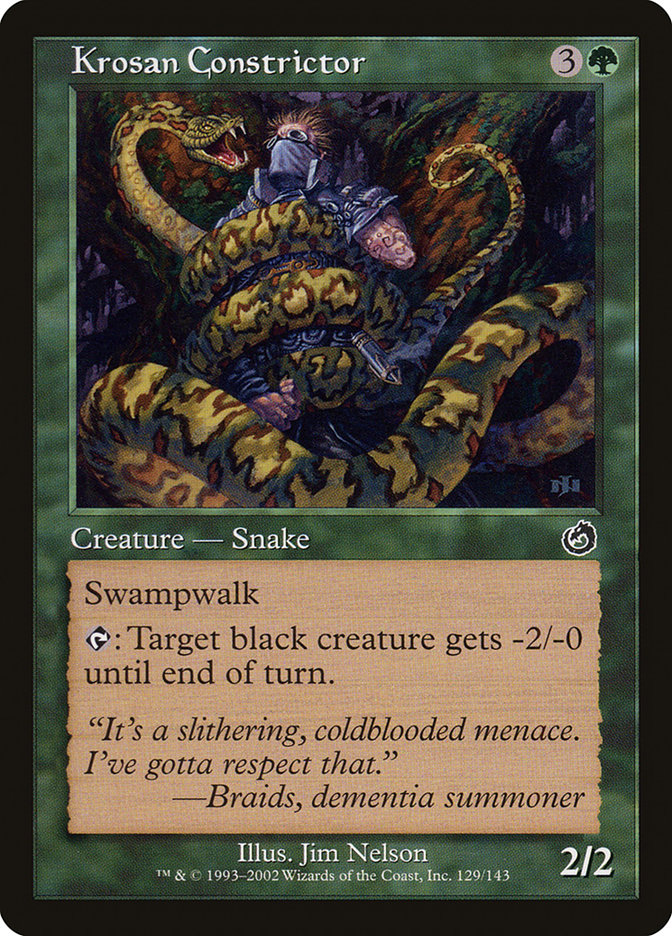

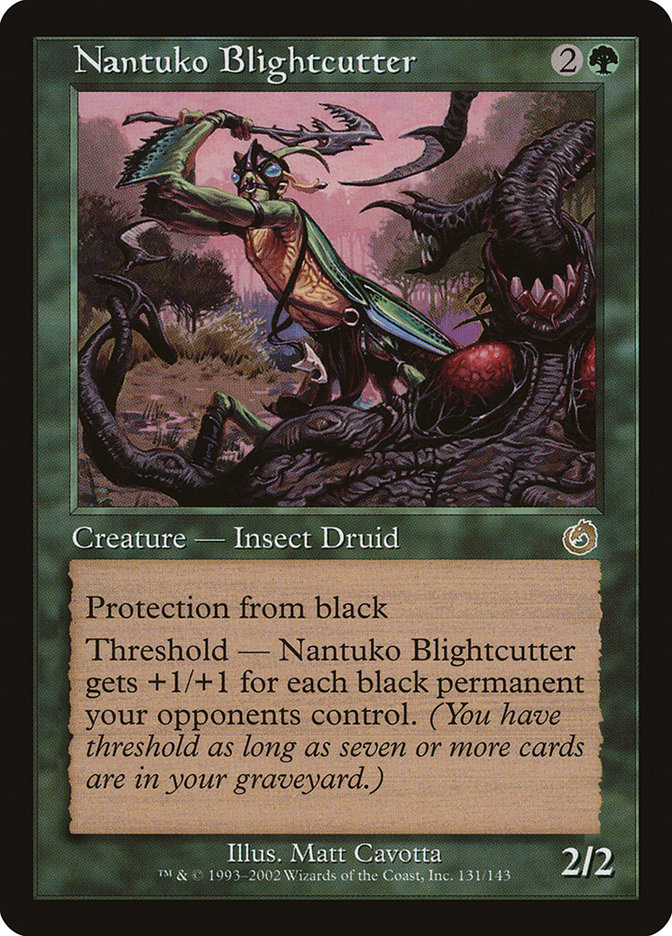
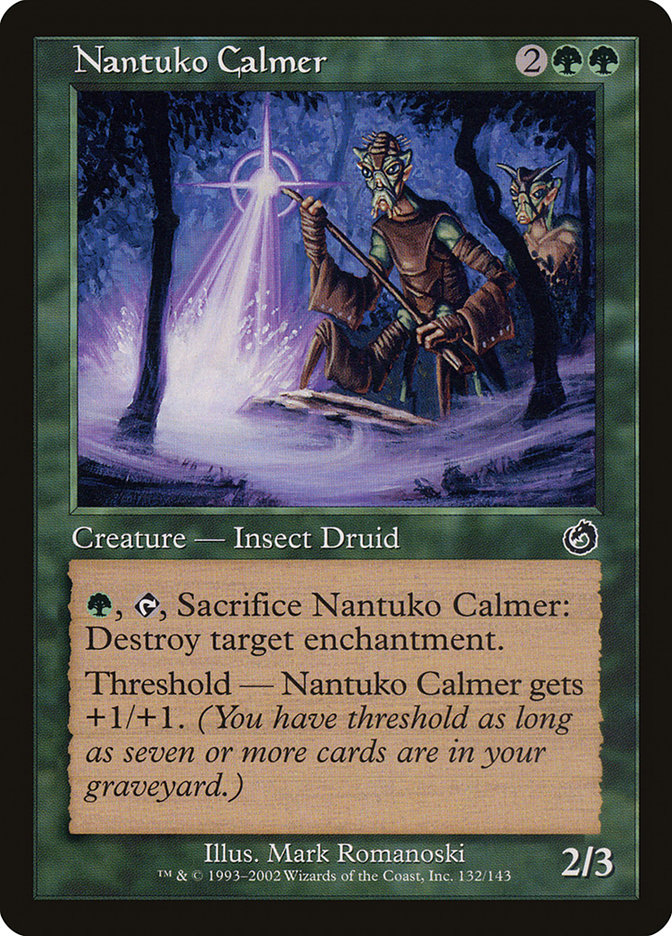


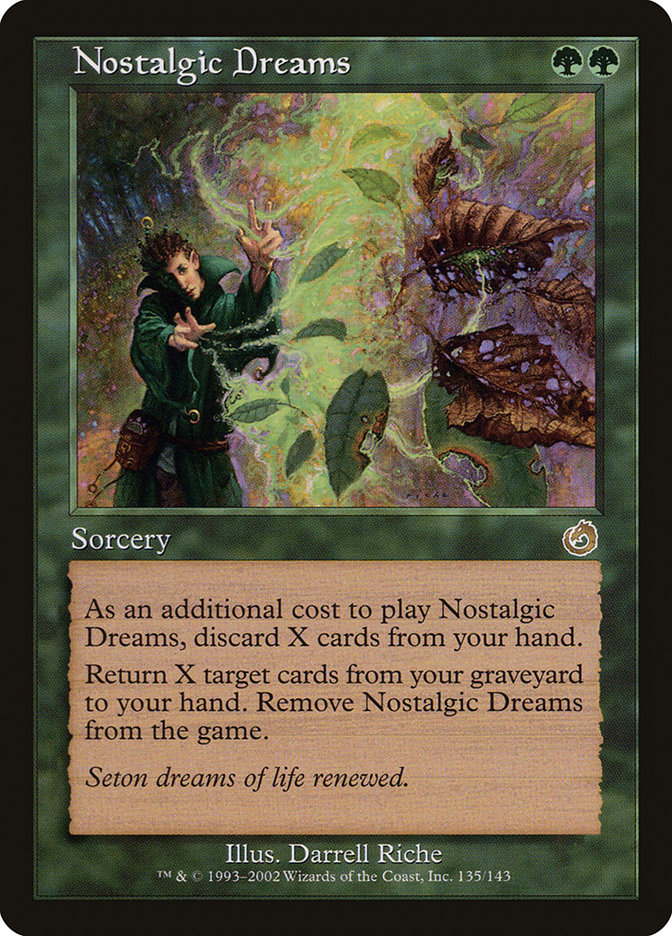
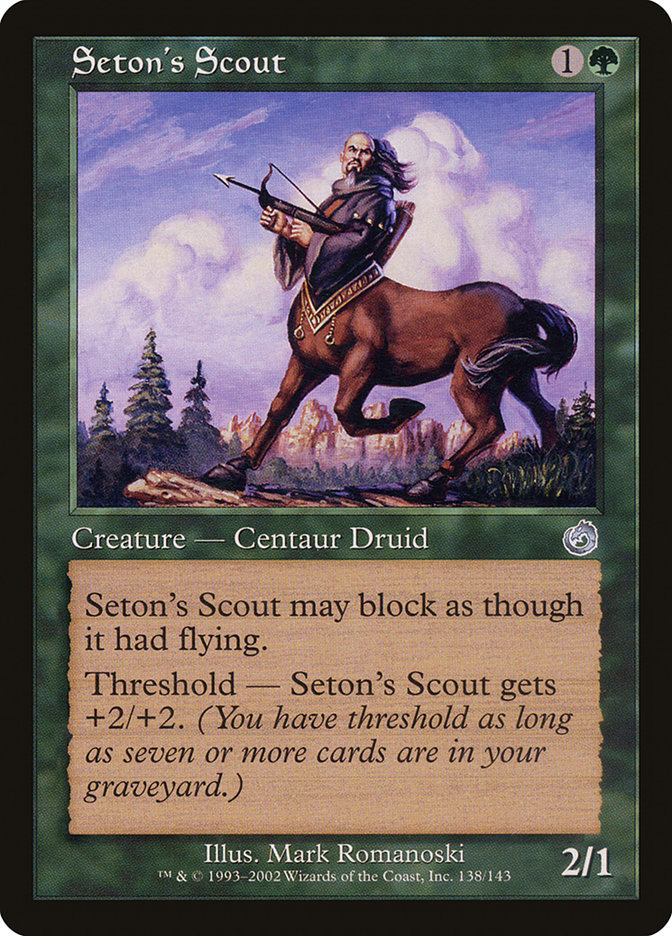


Add Comment